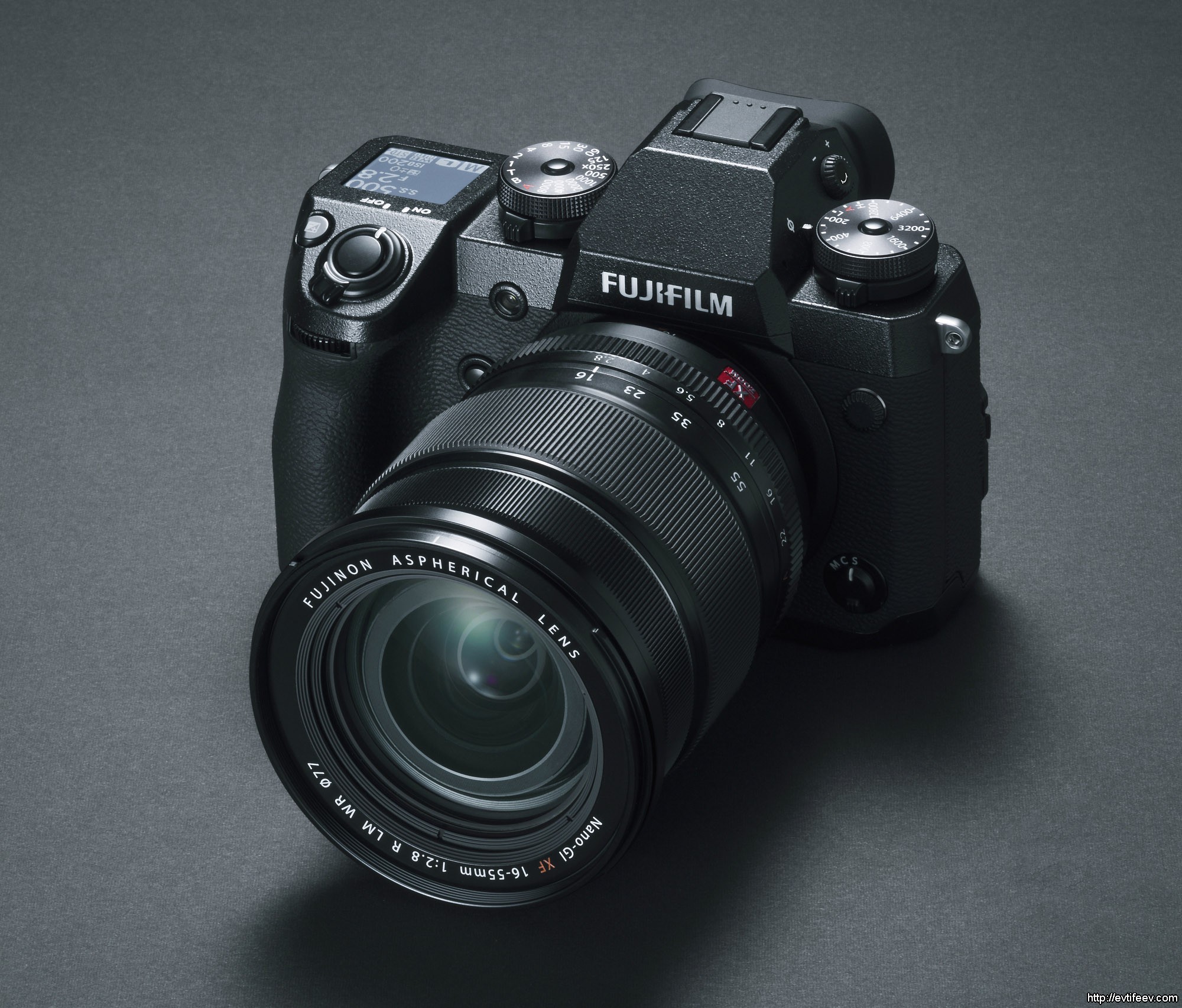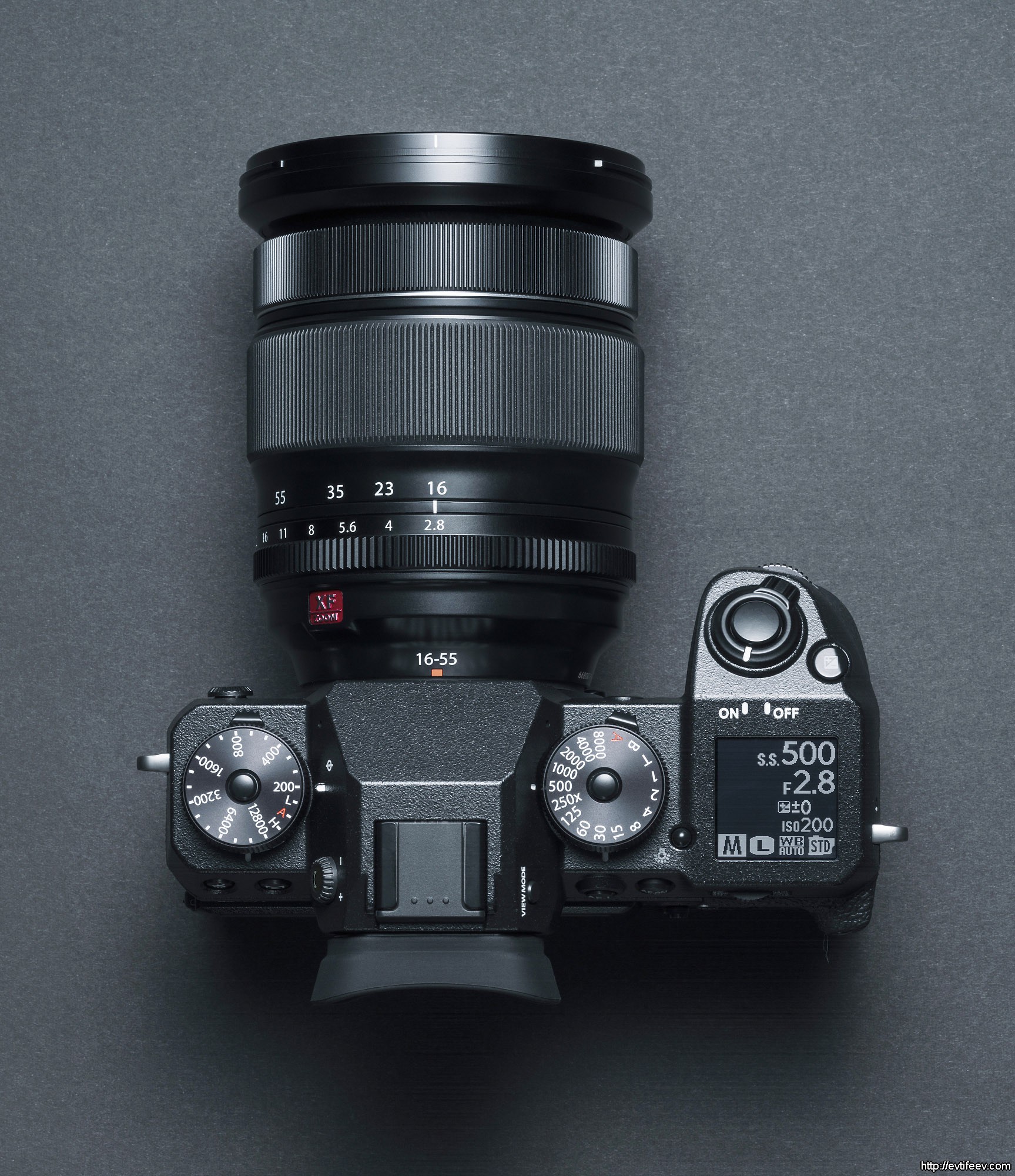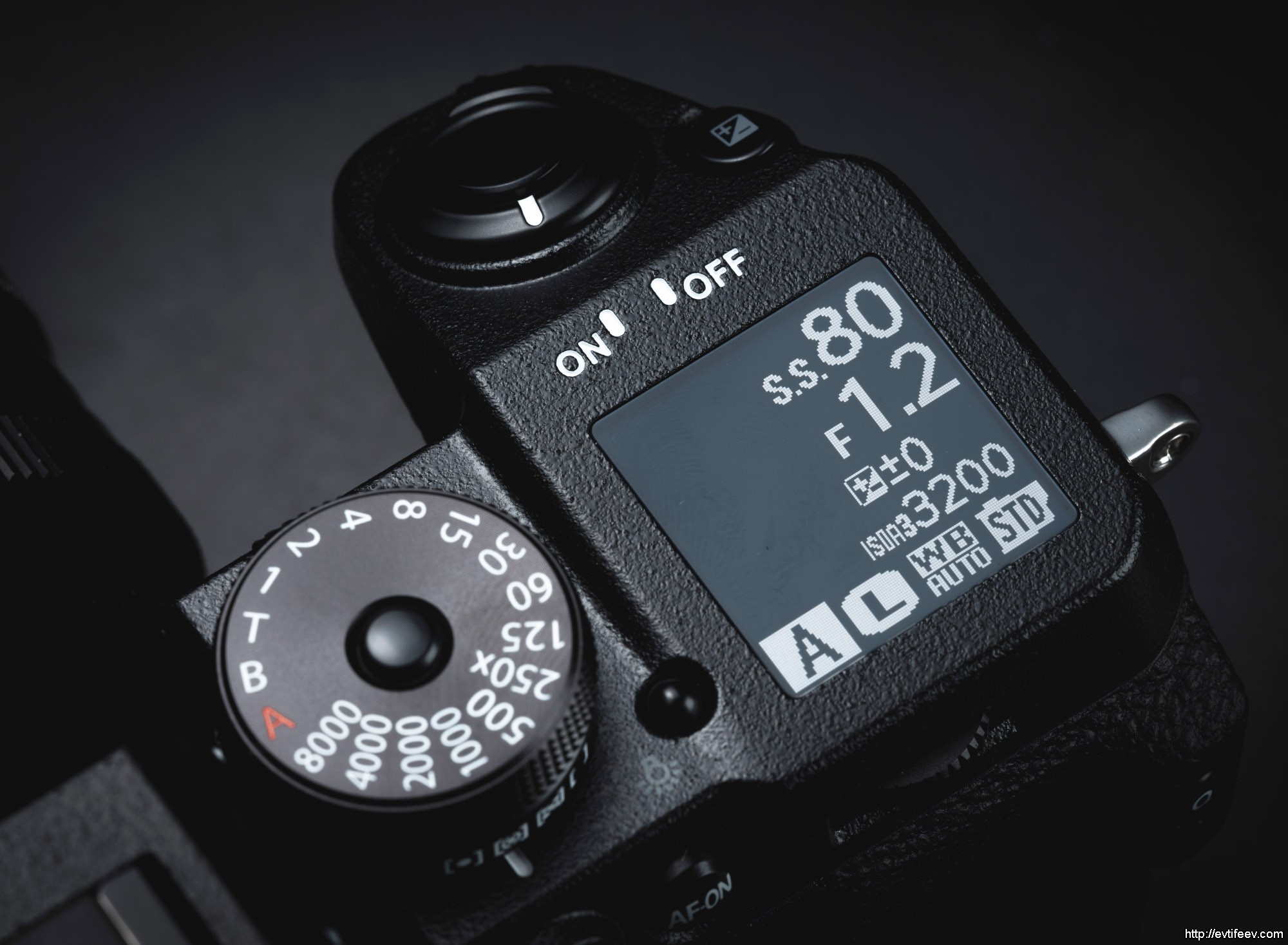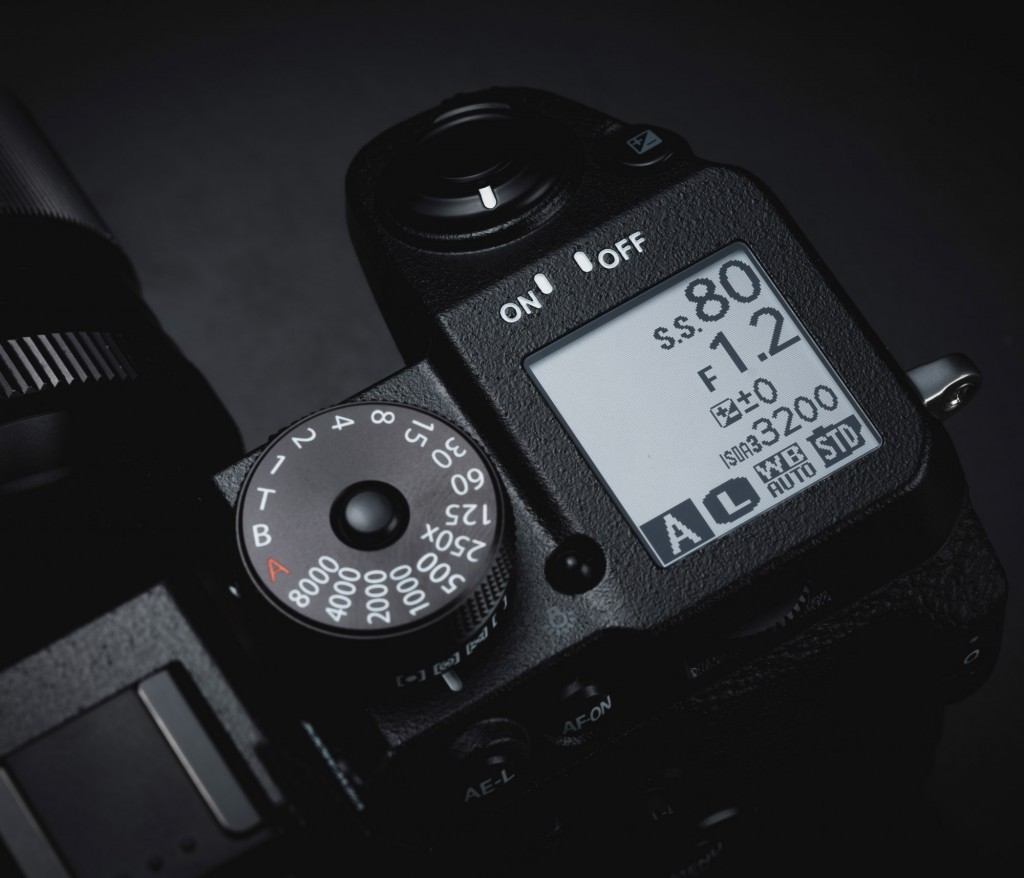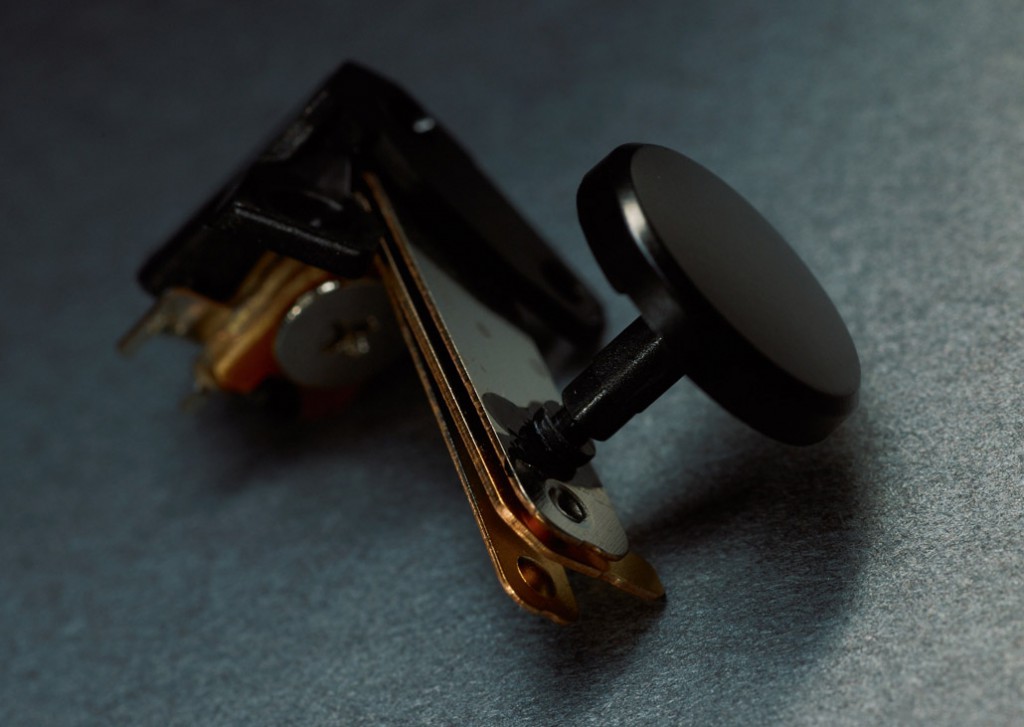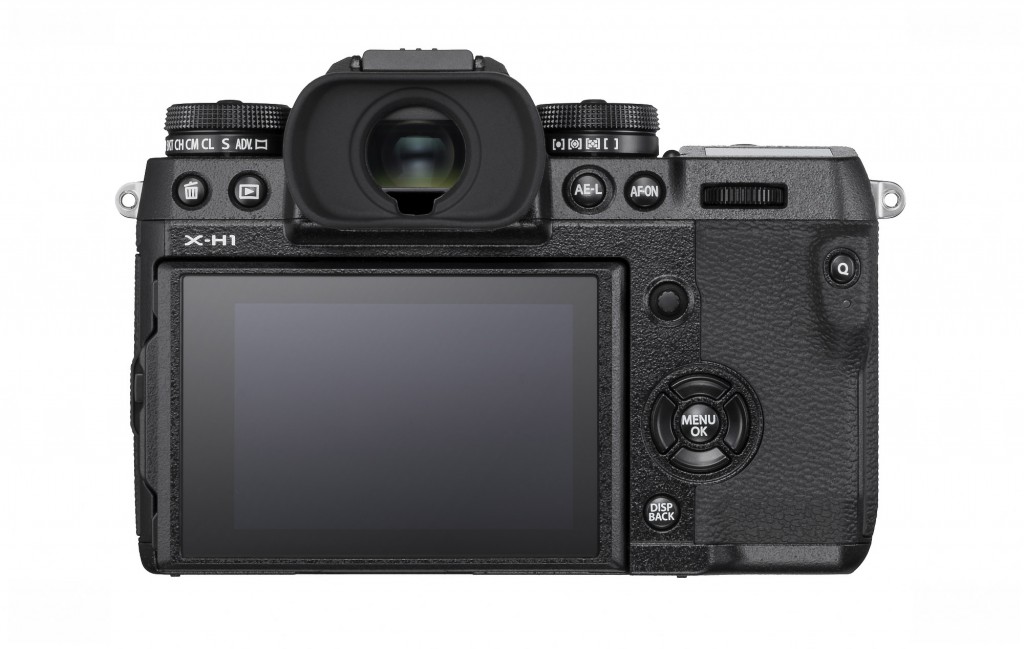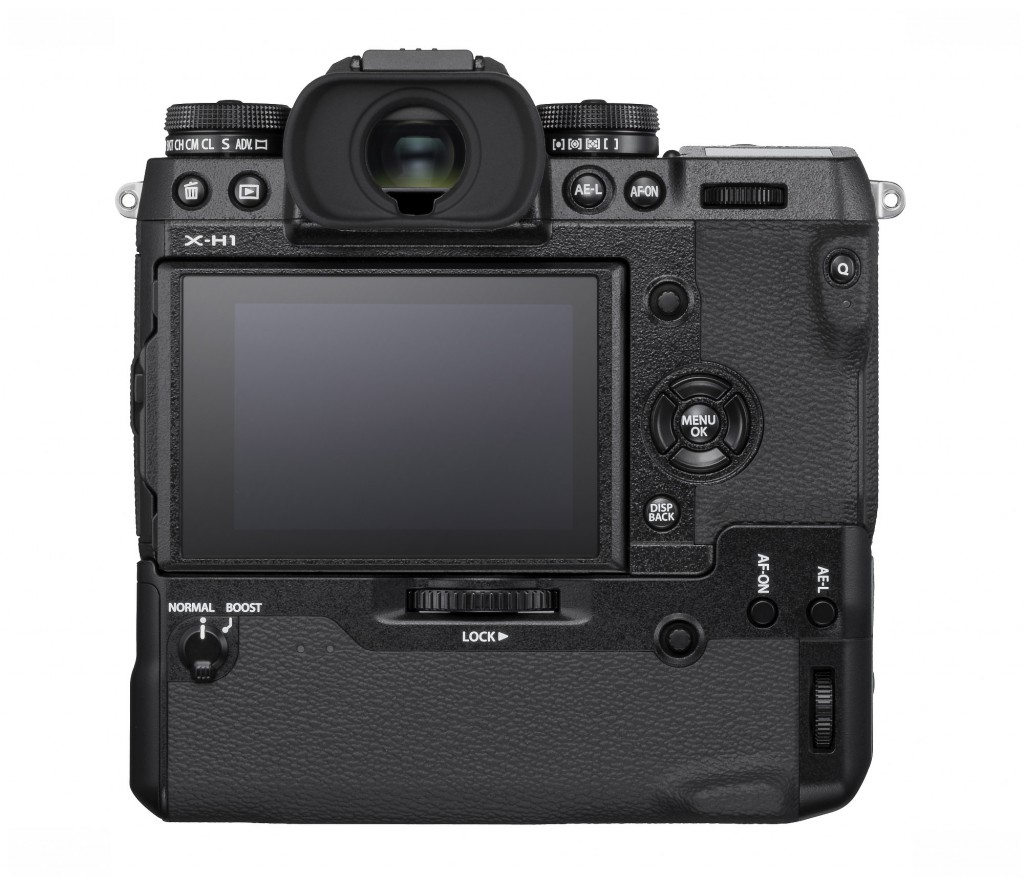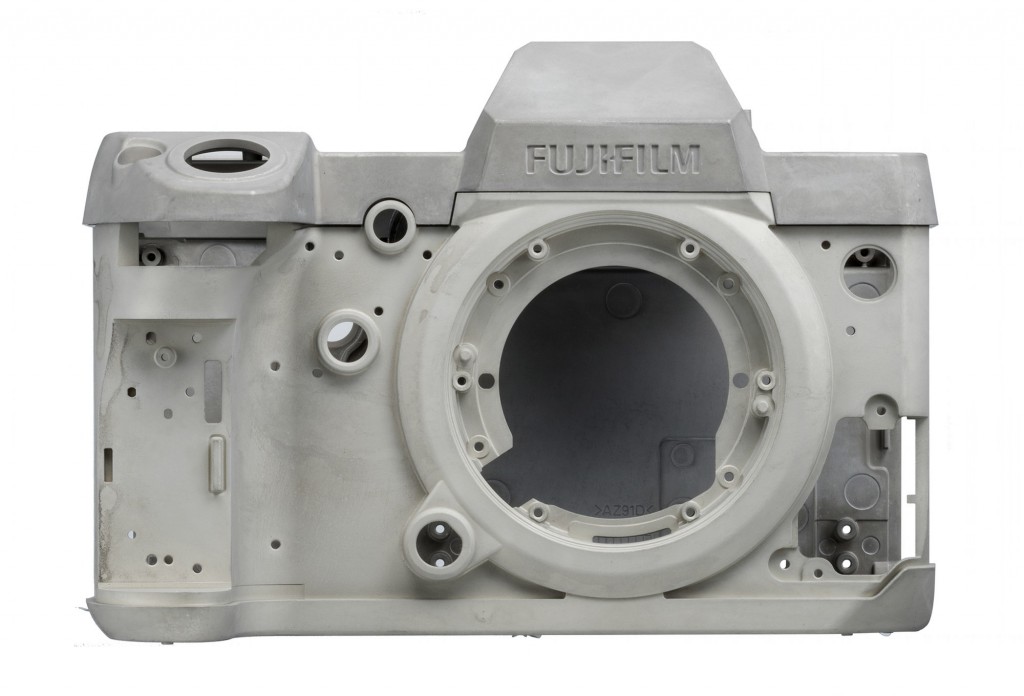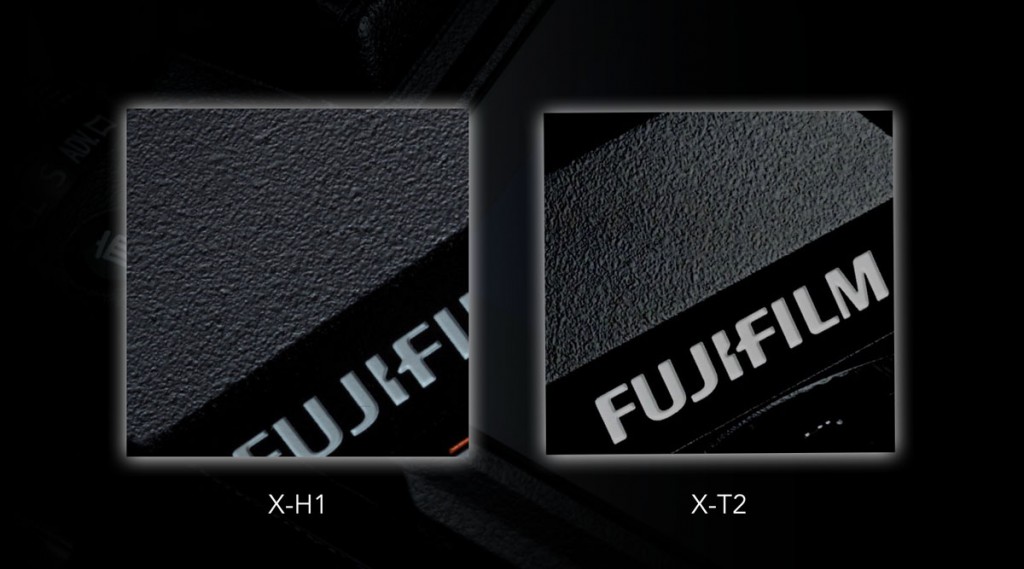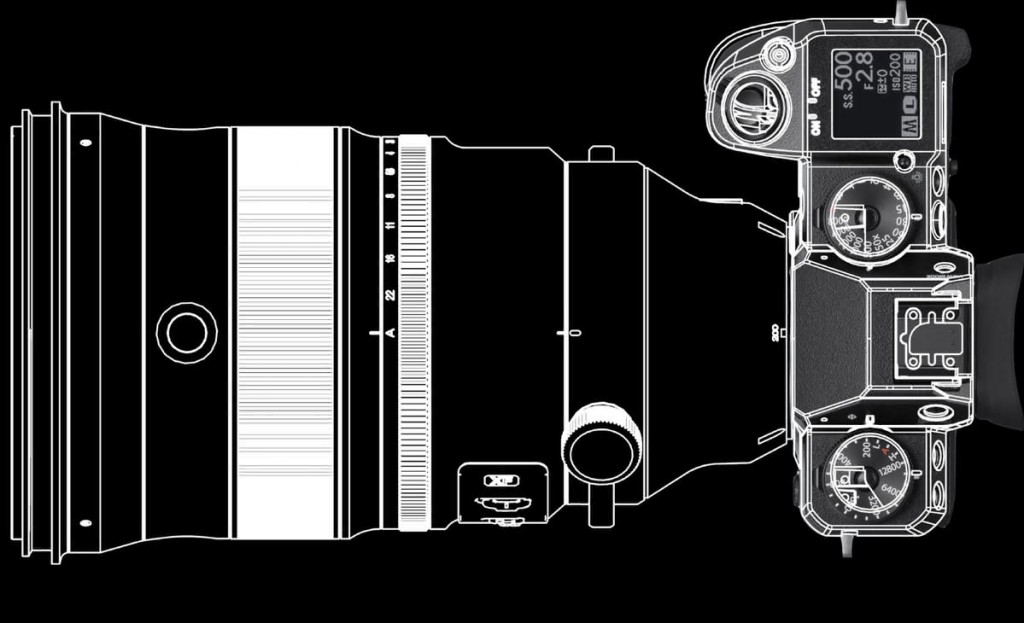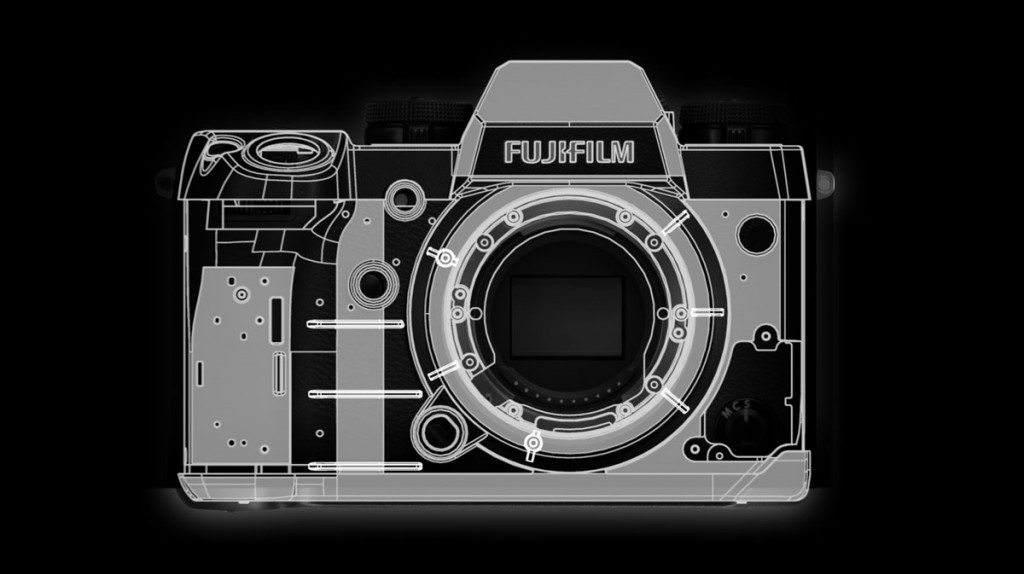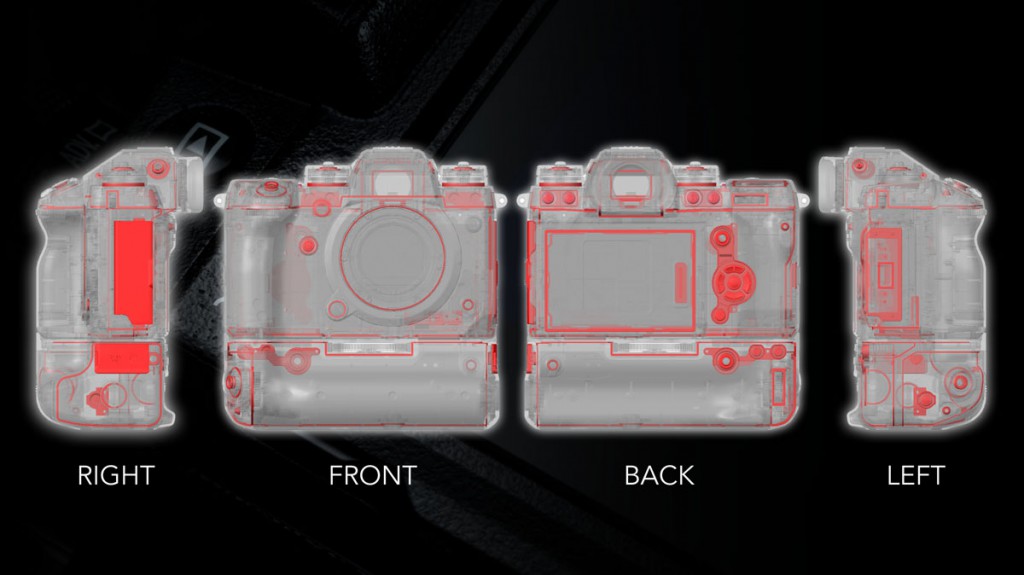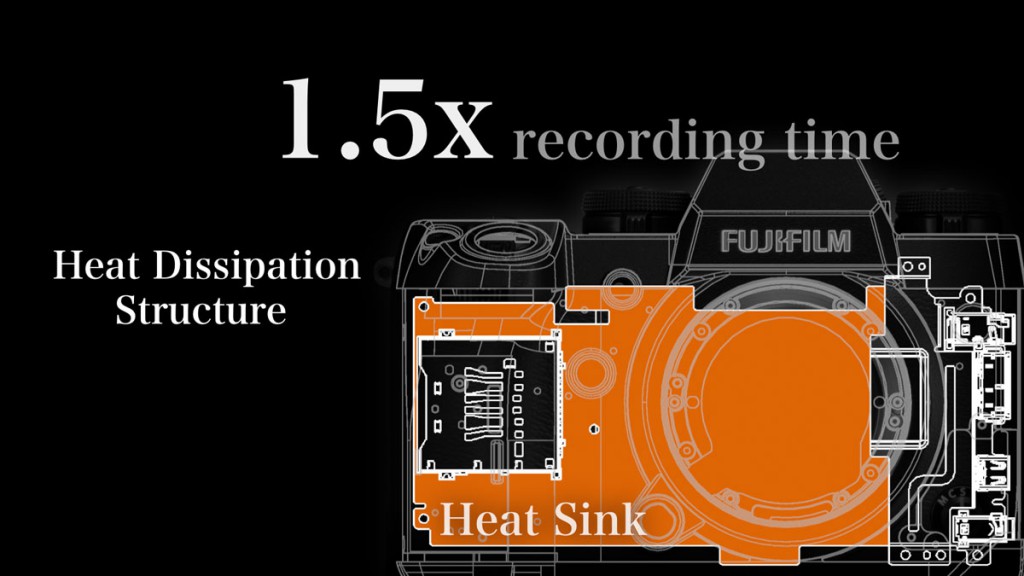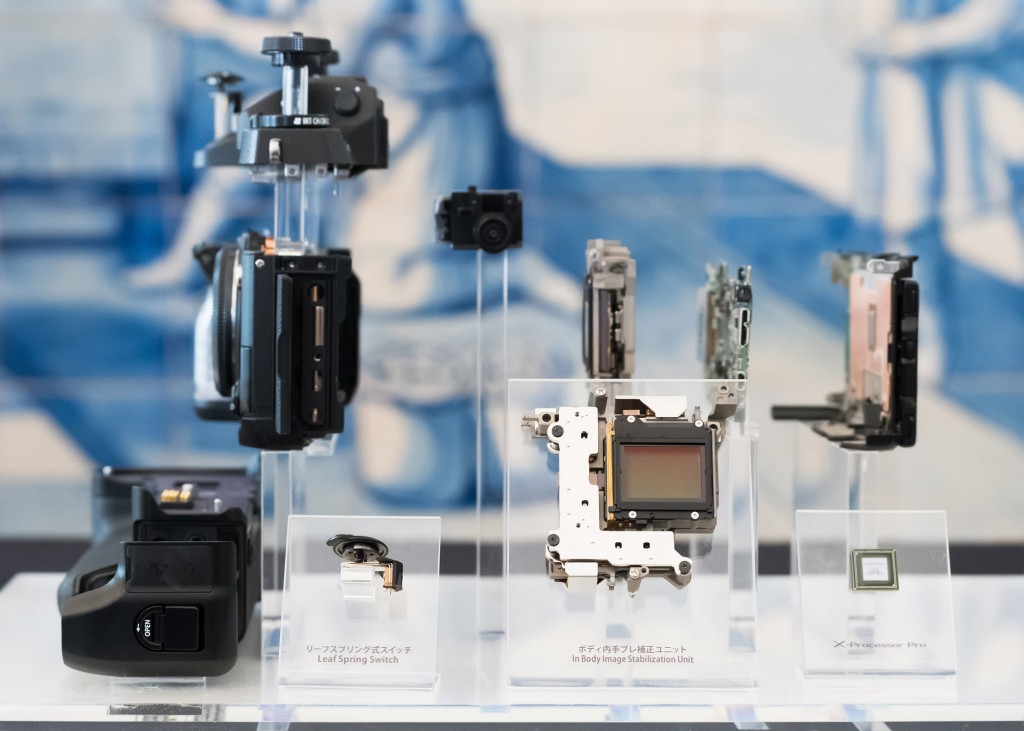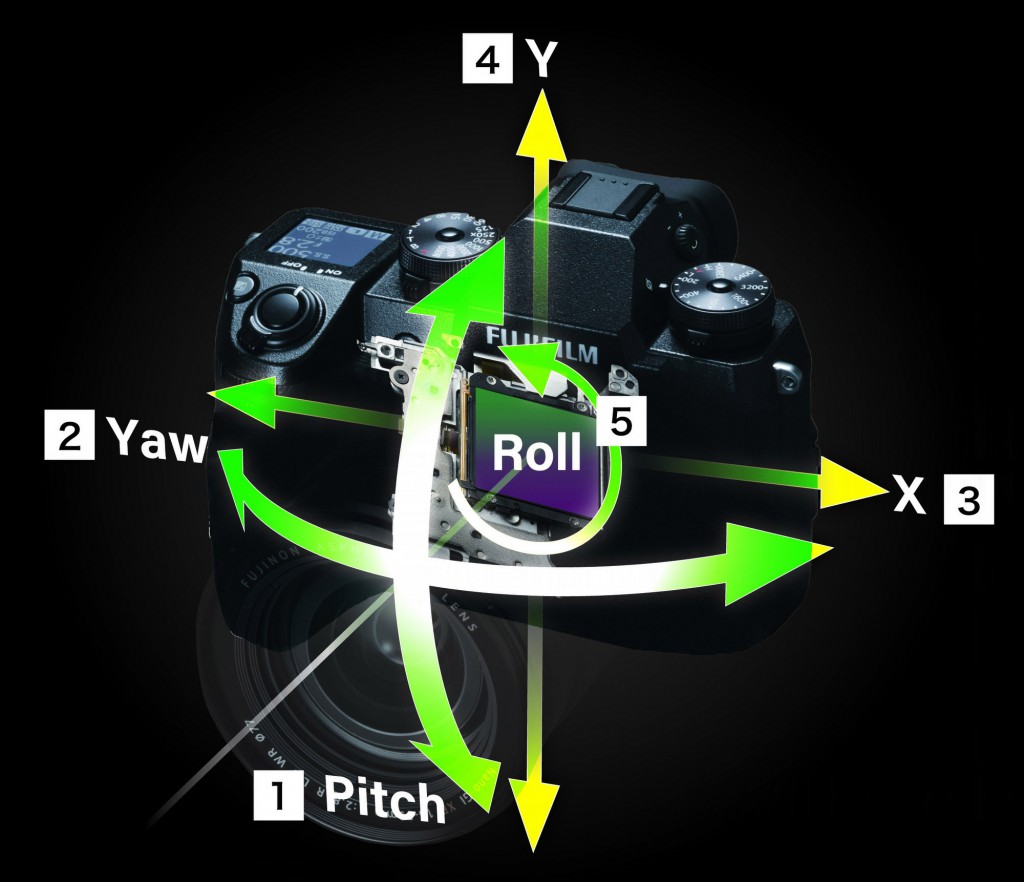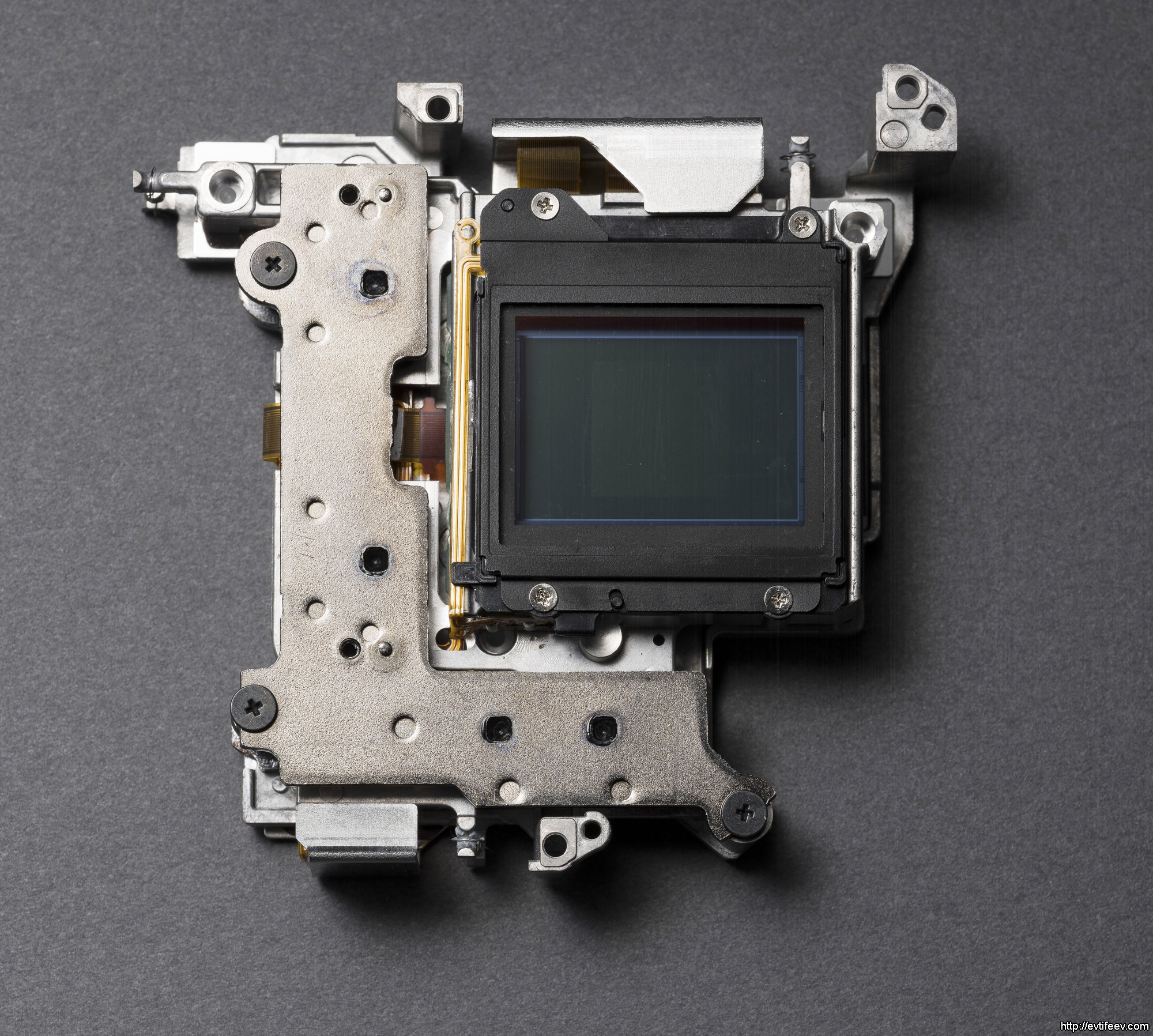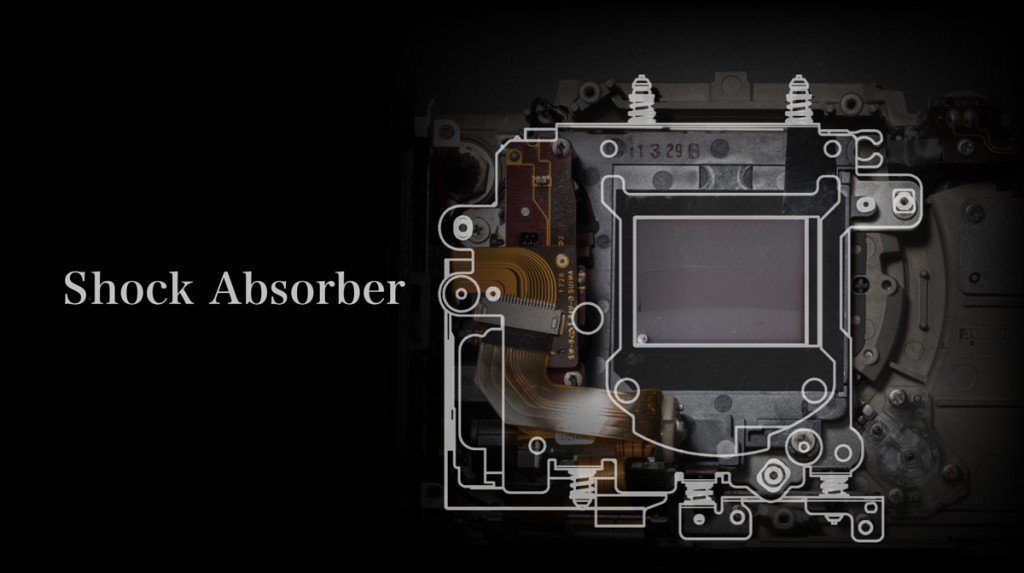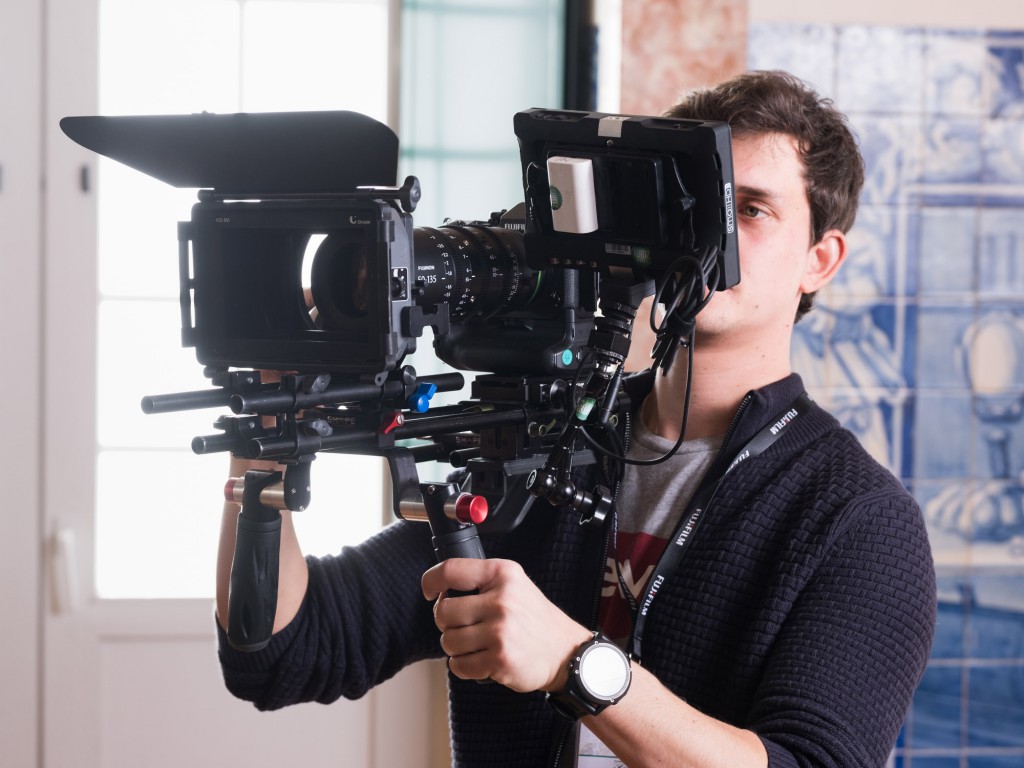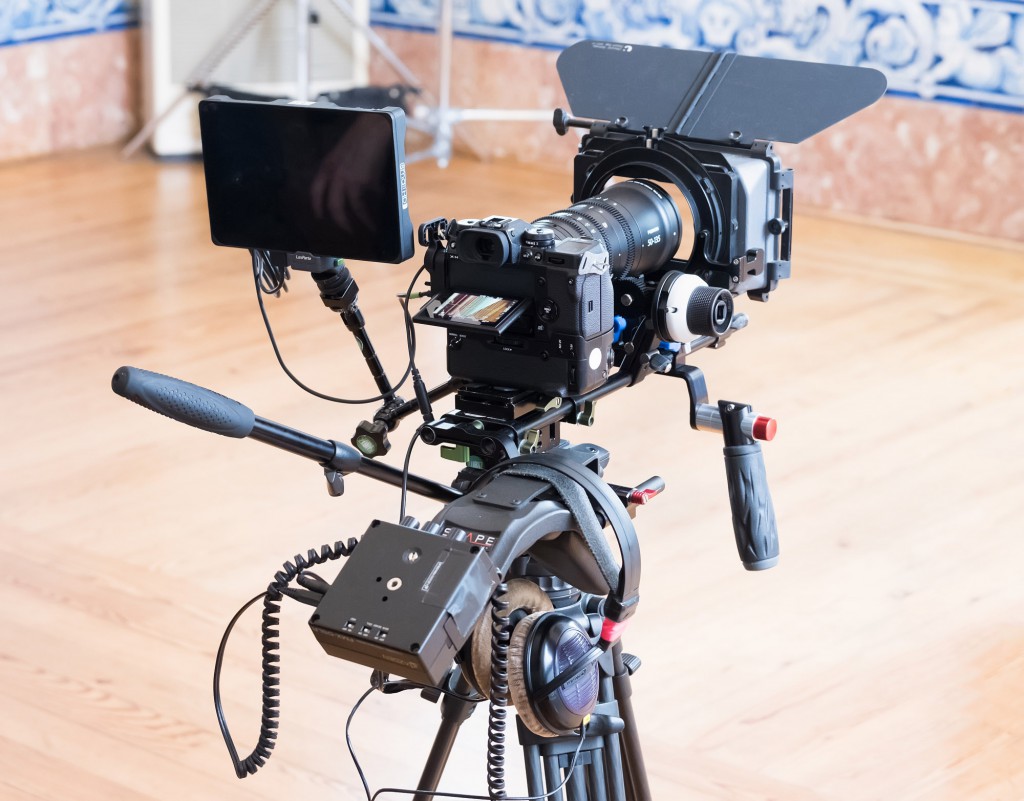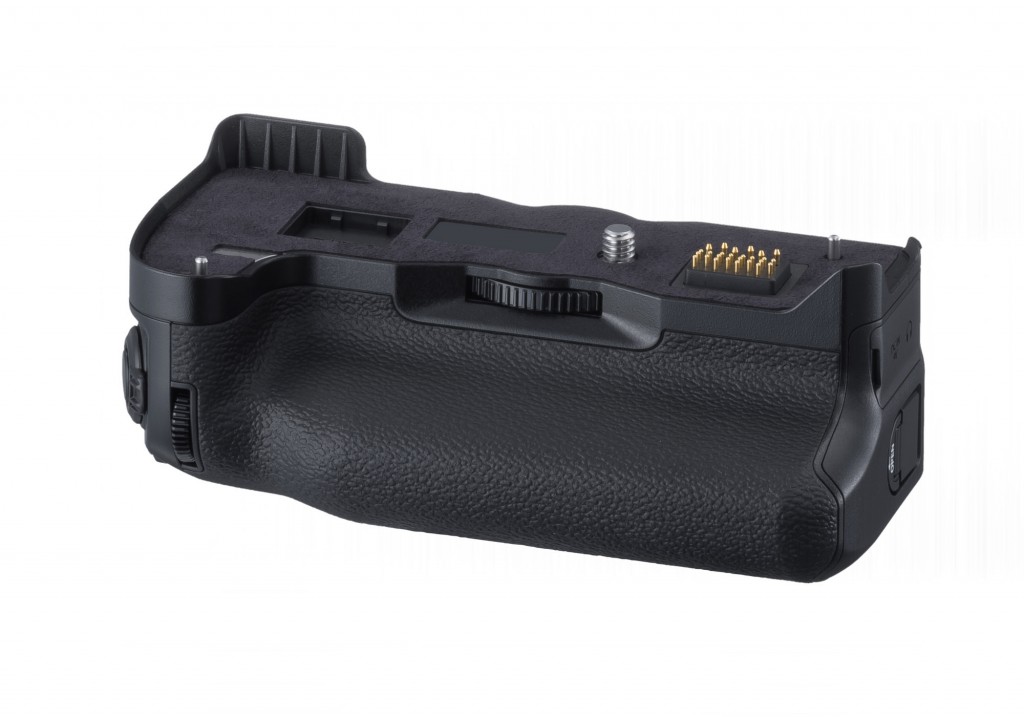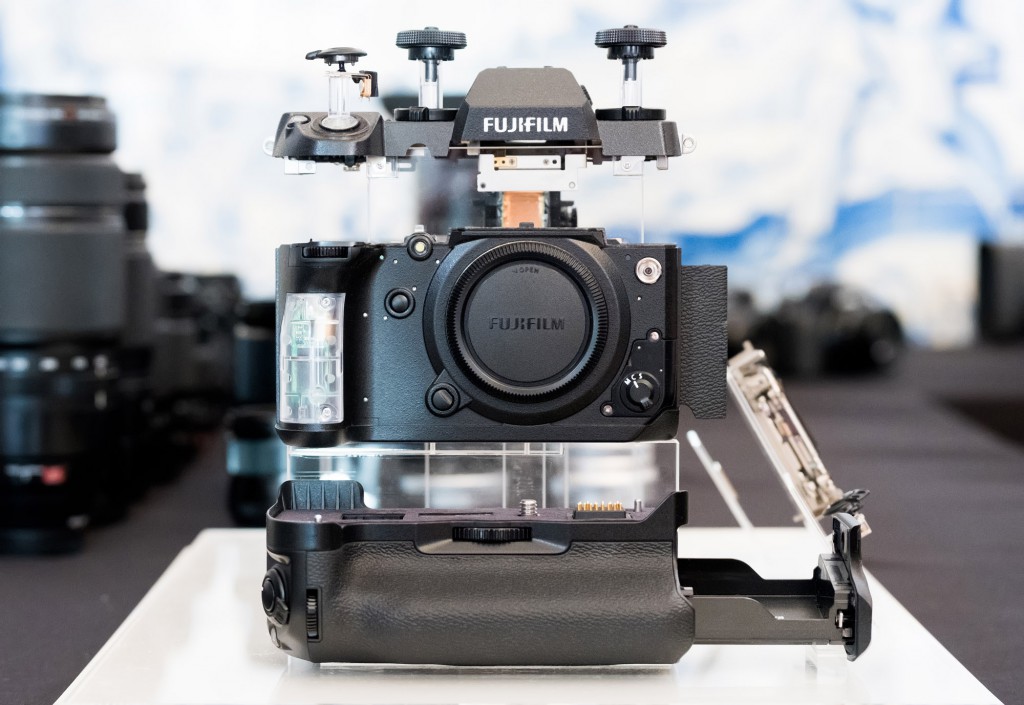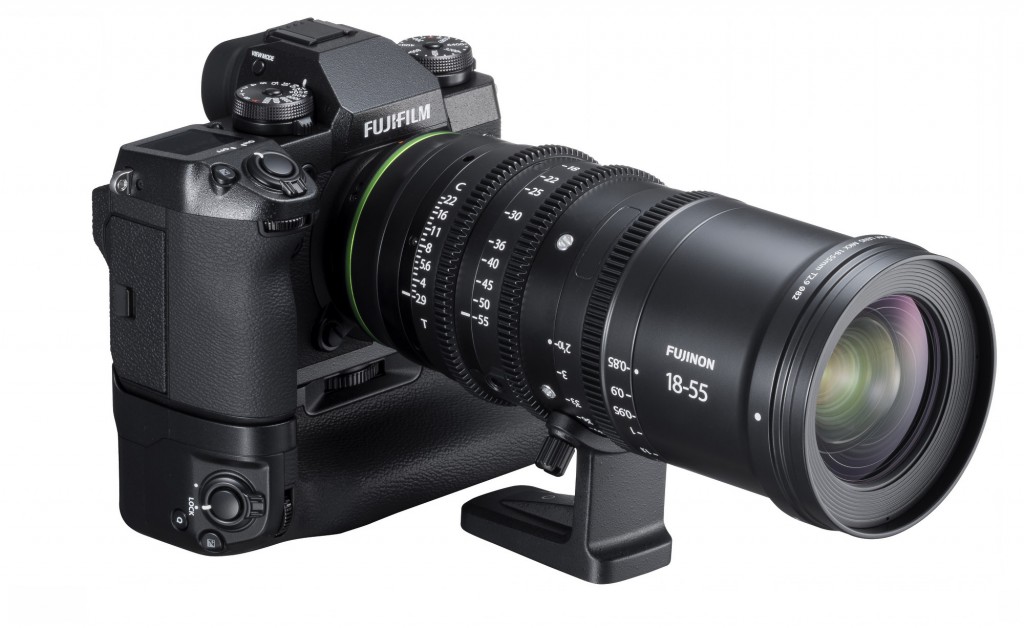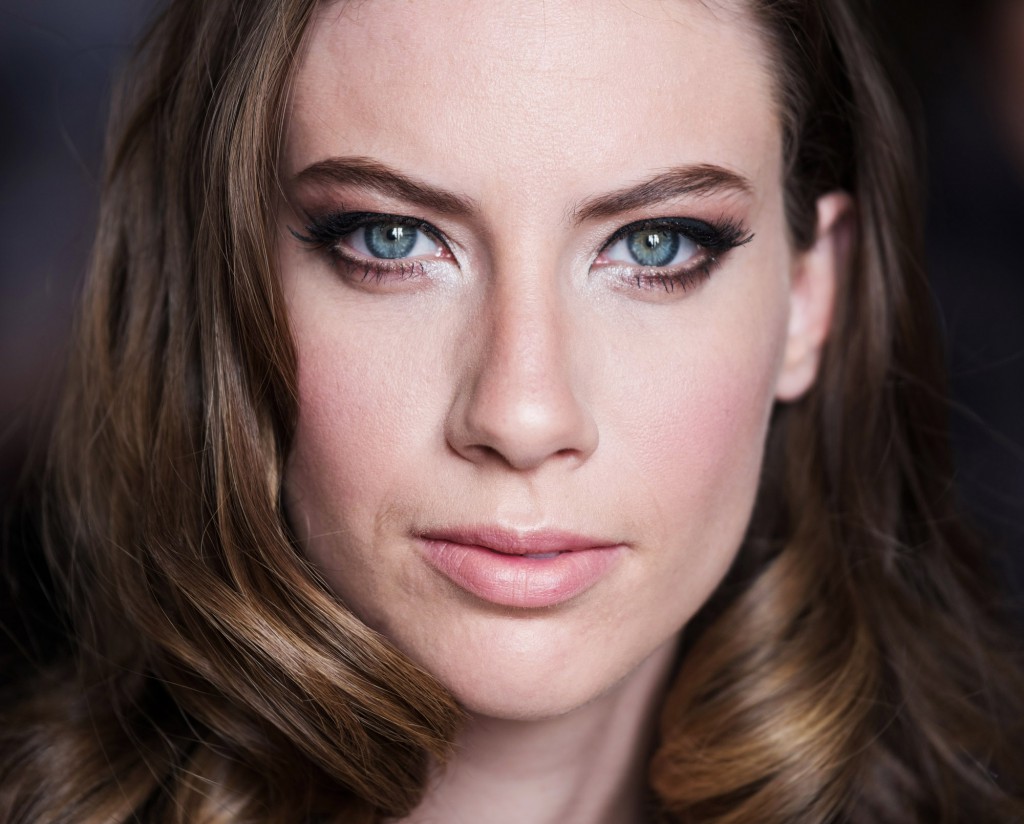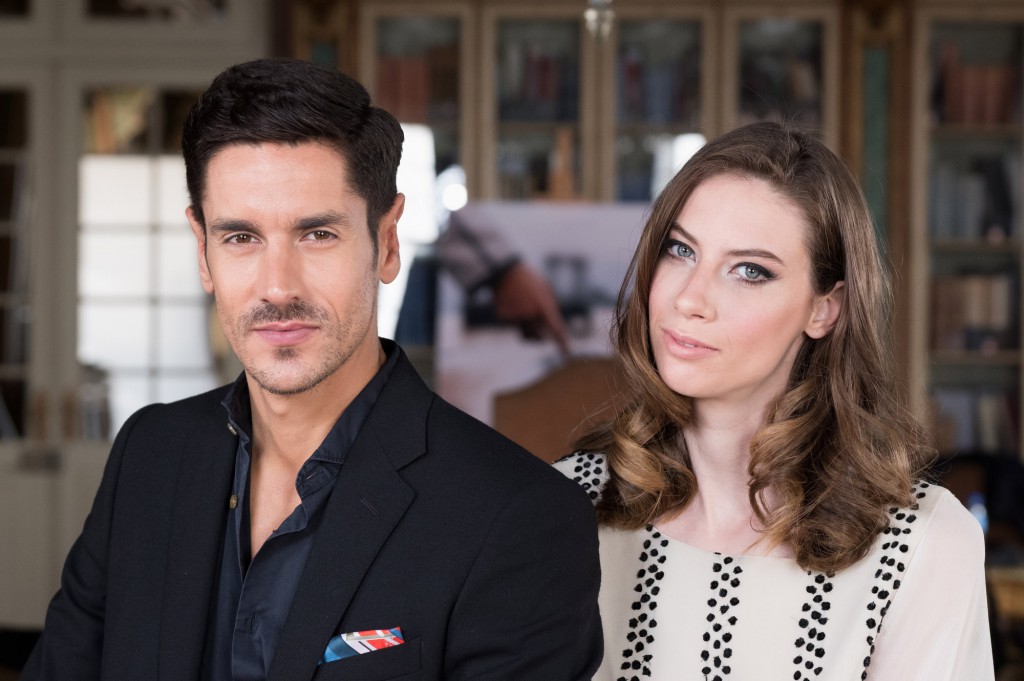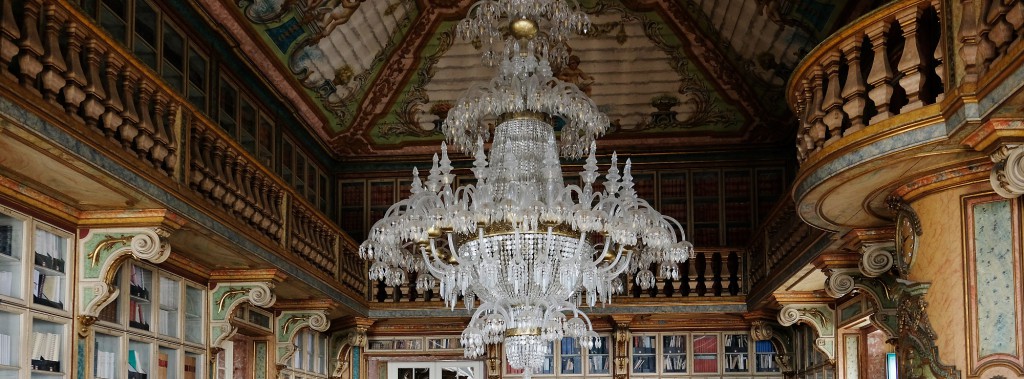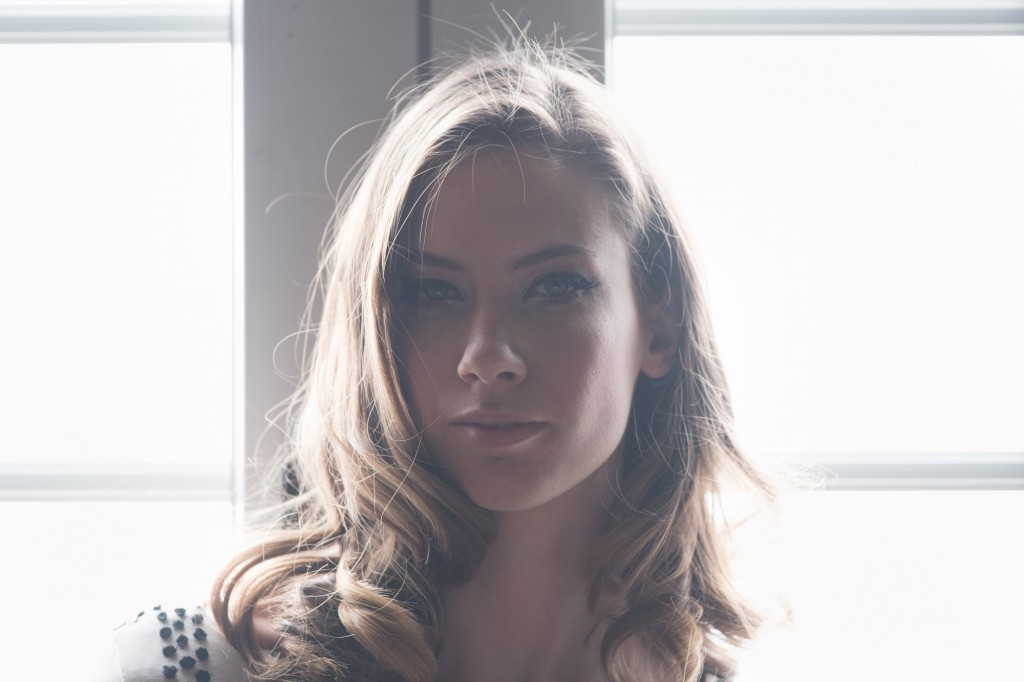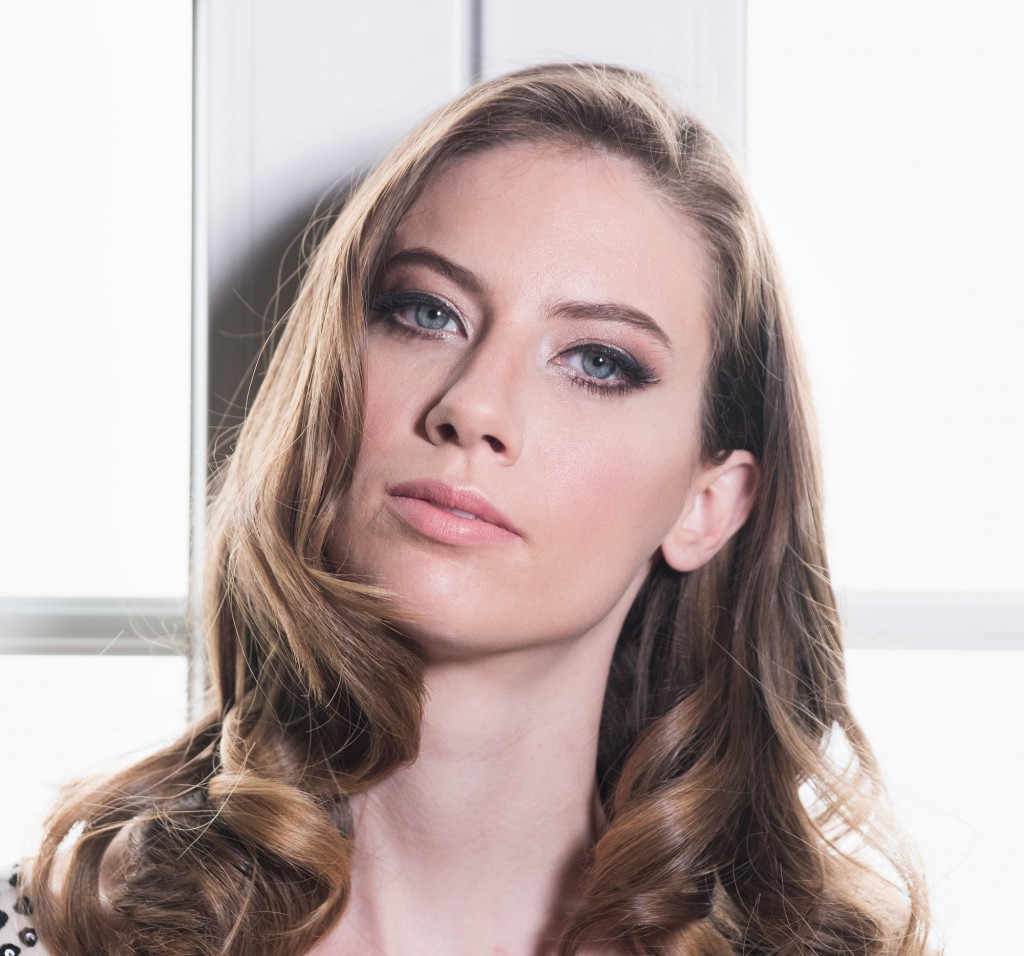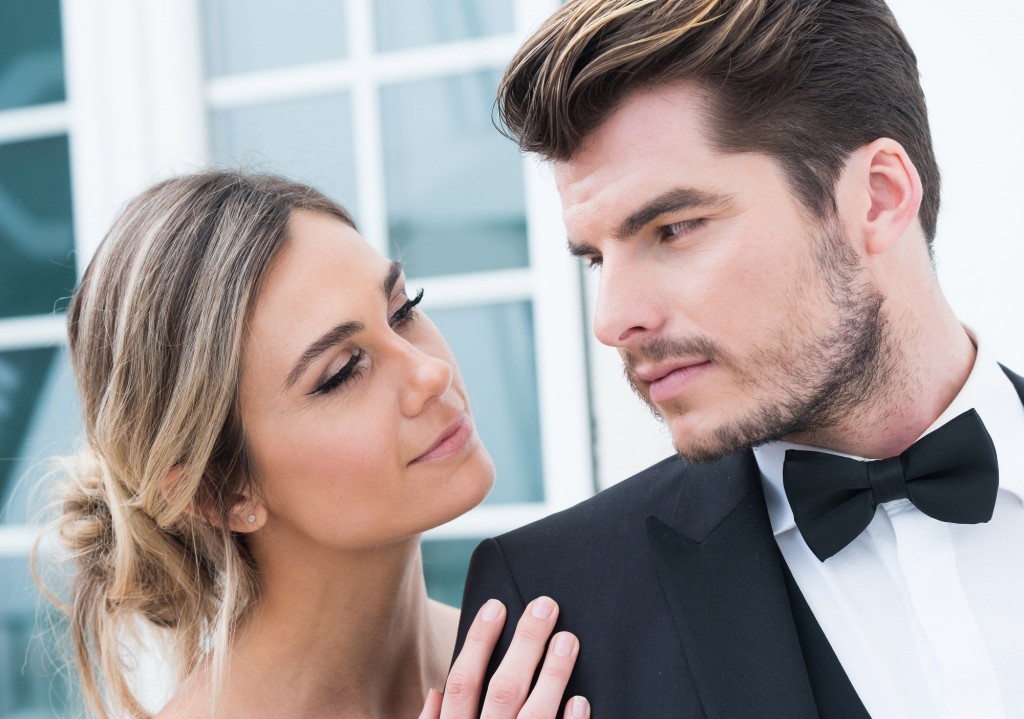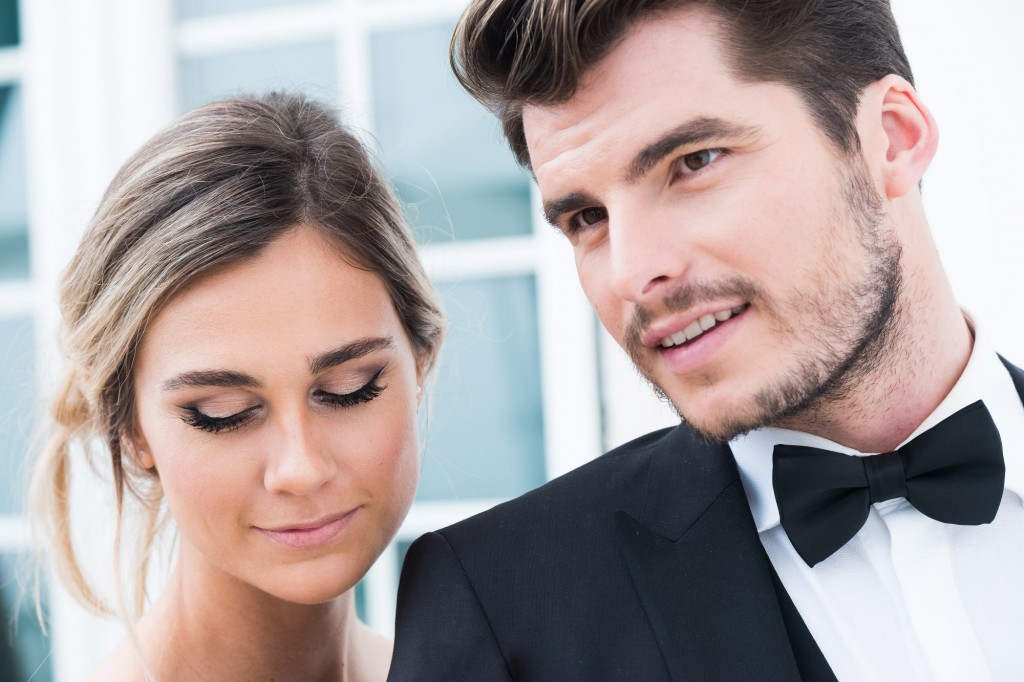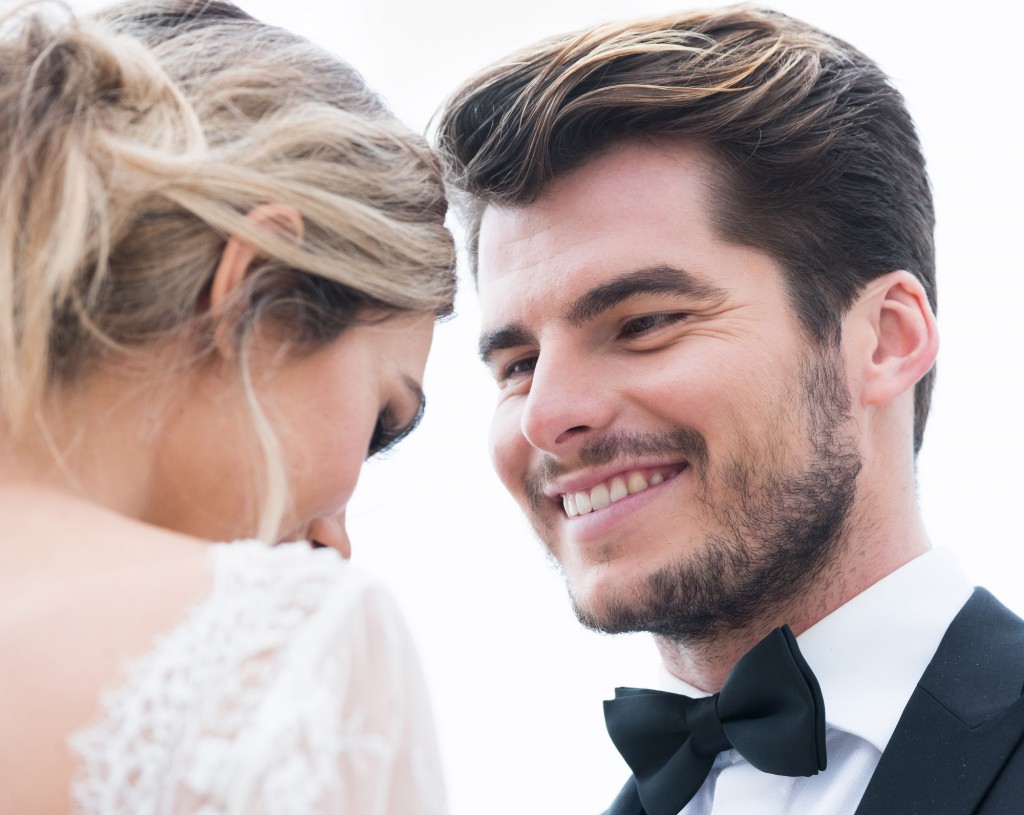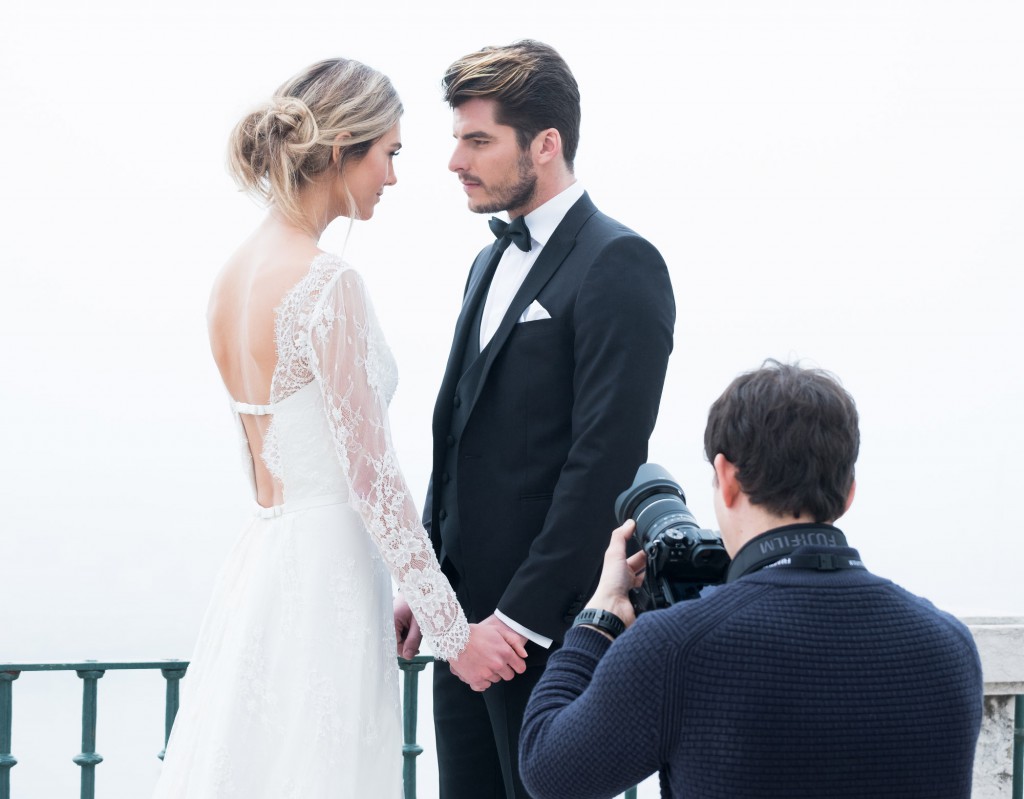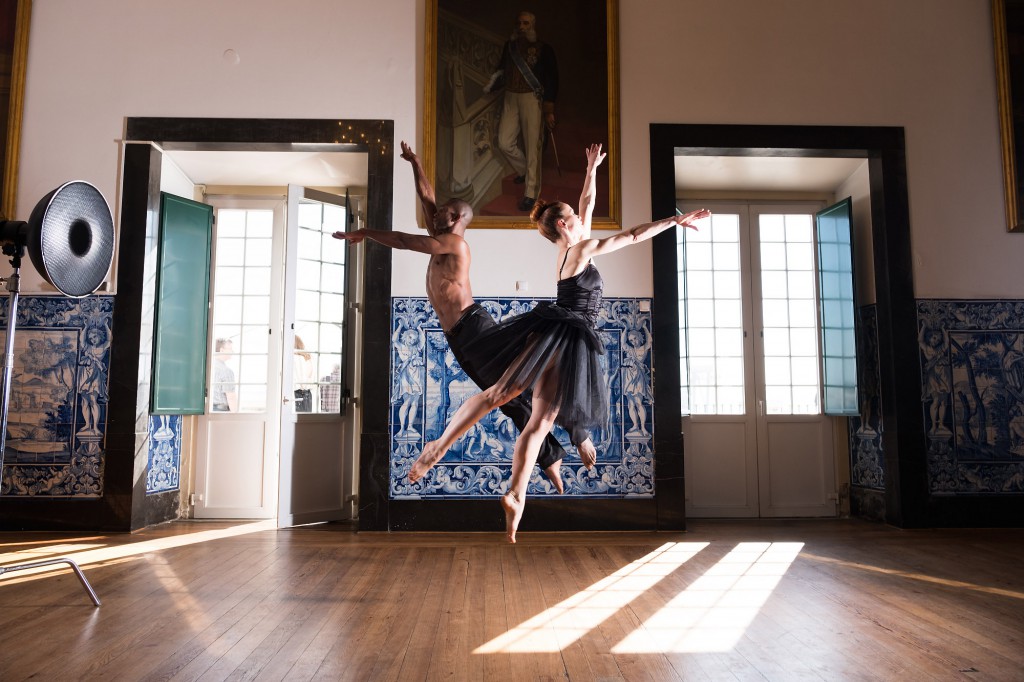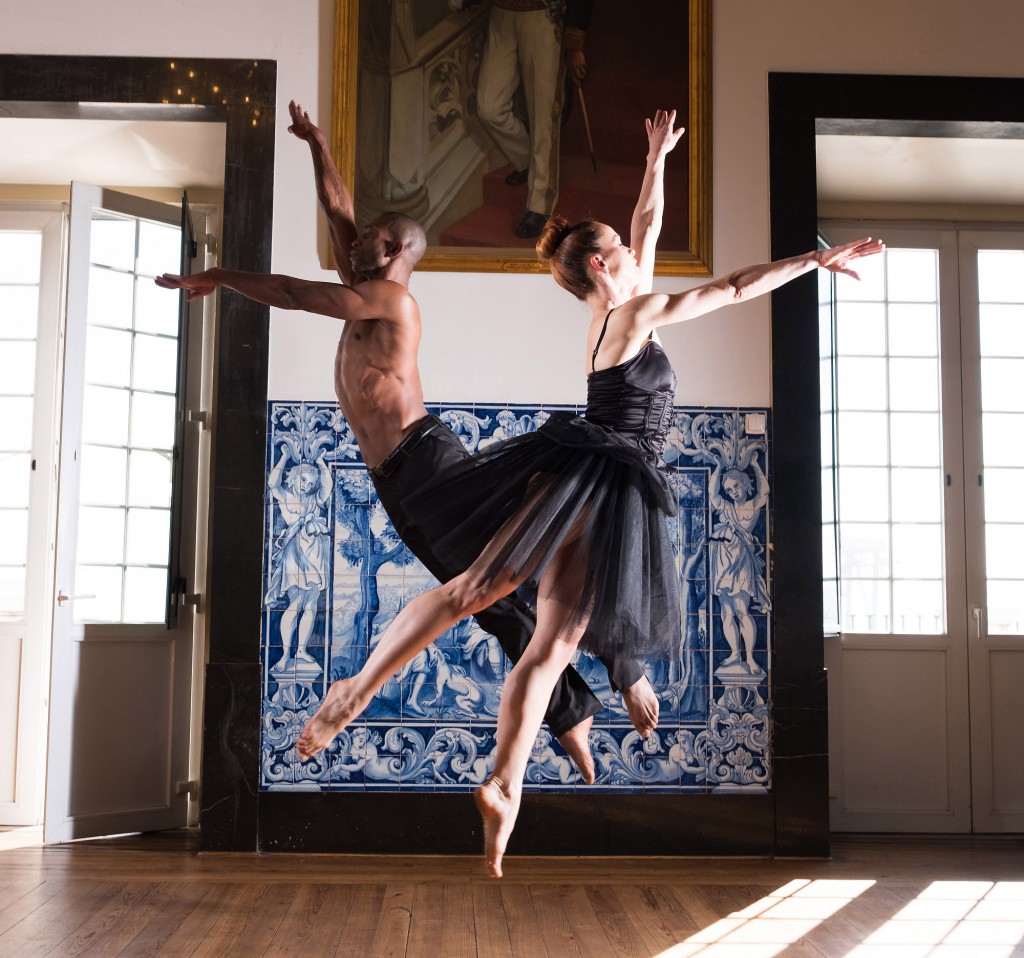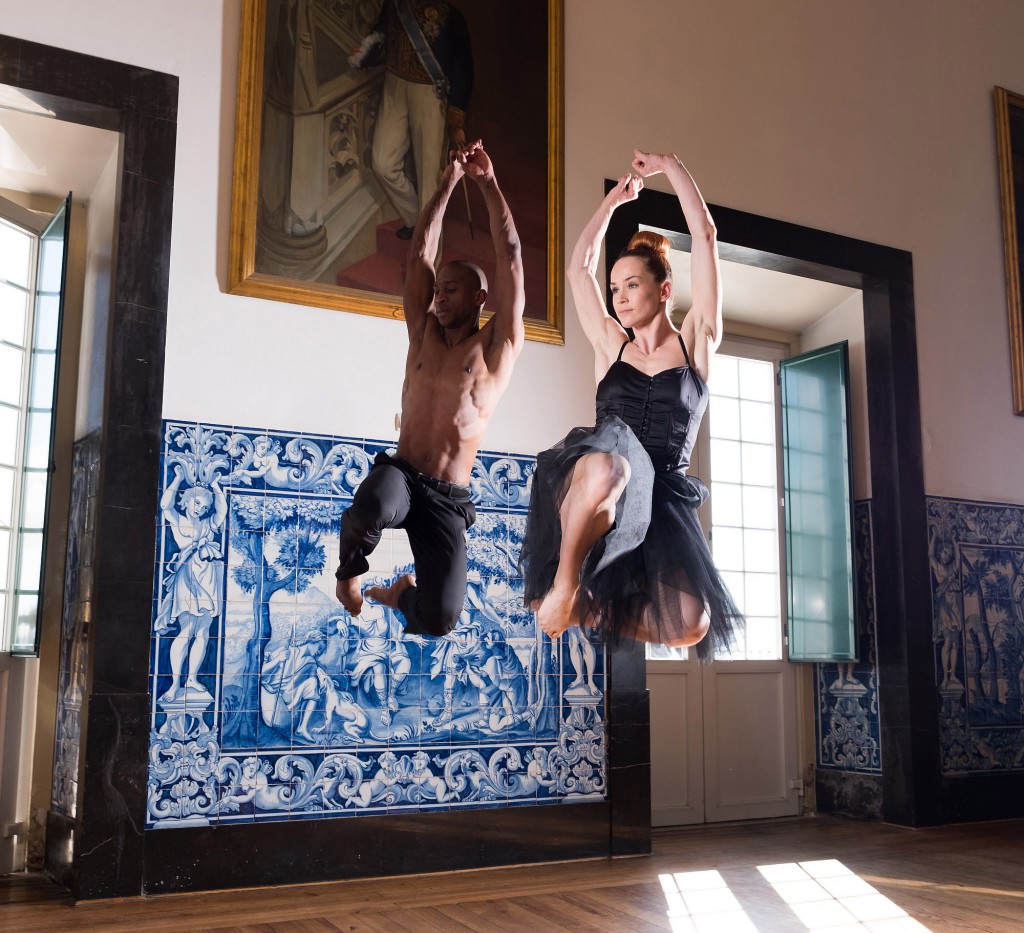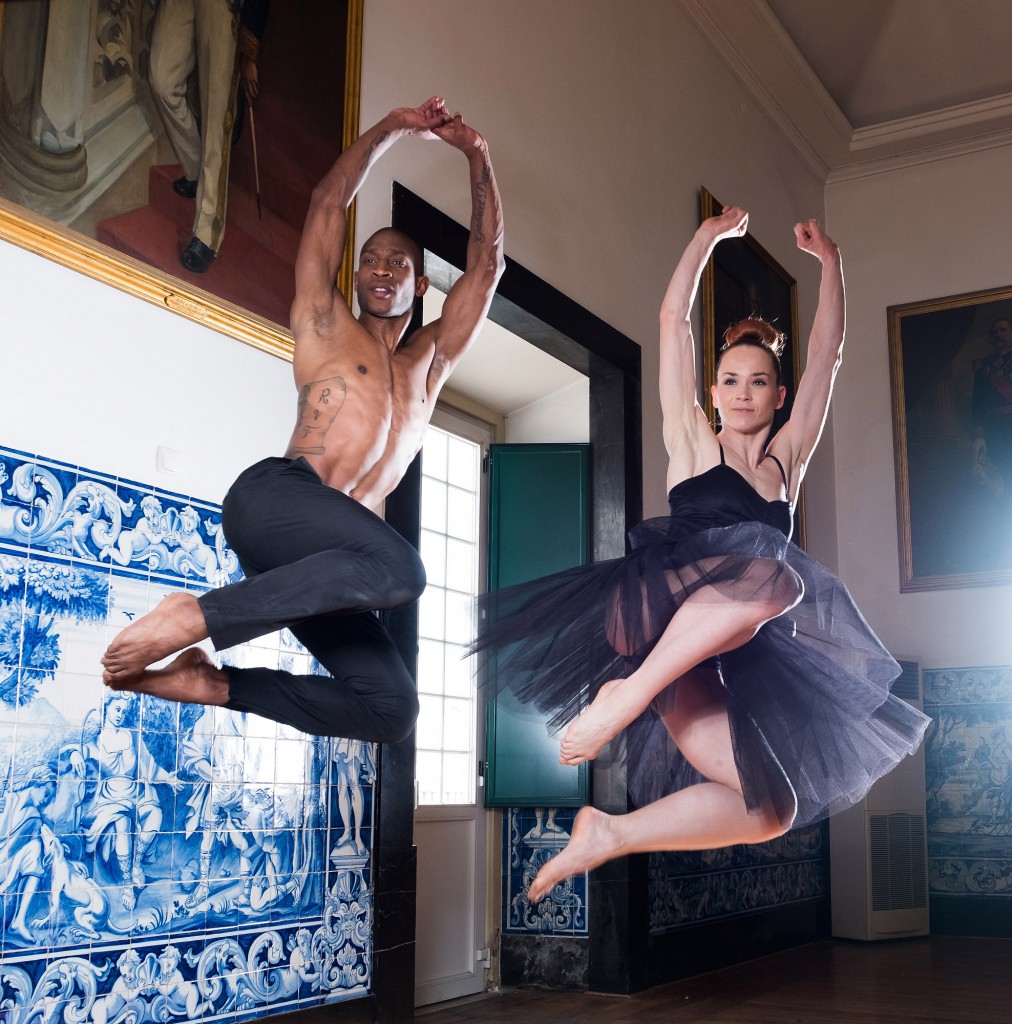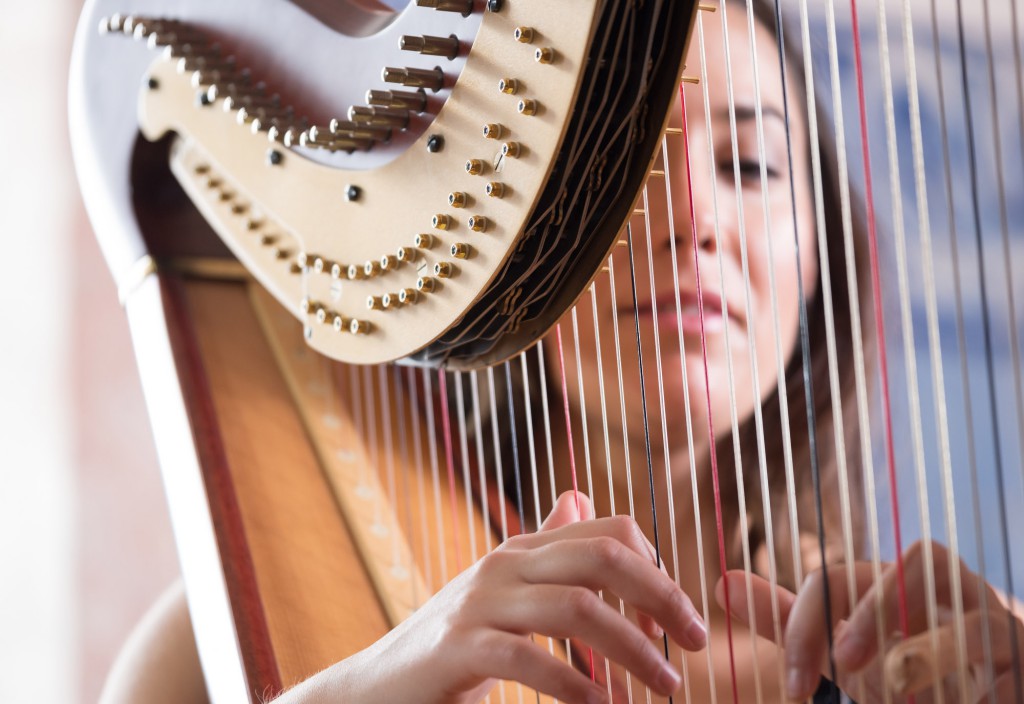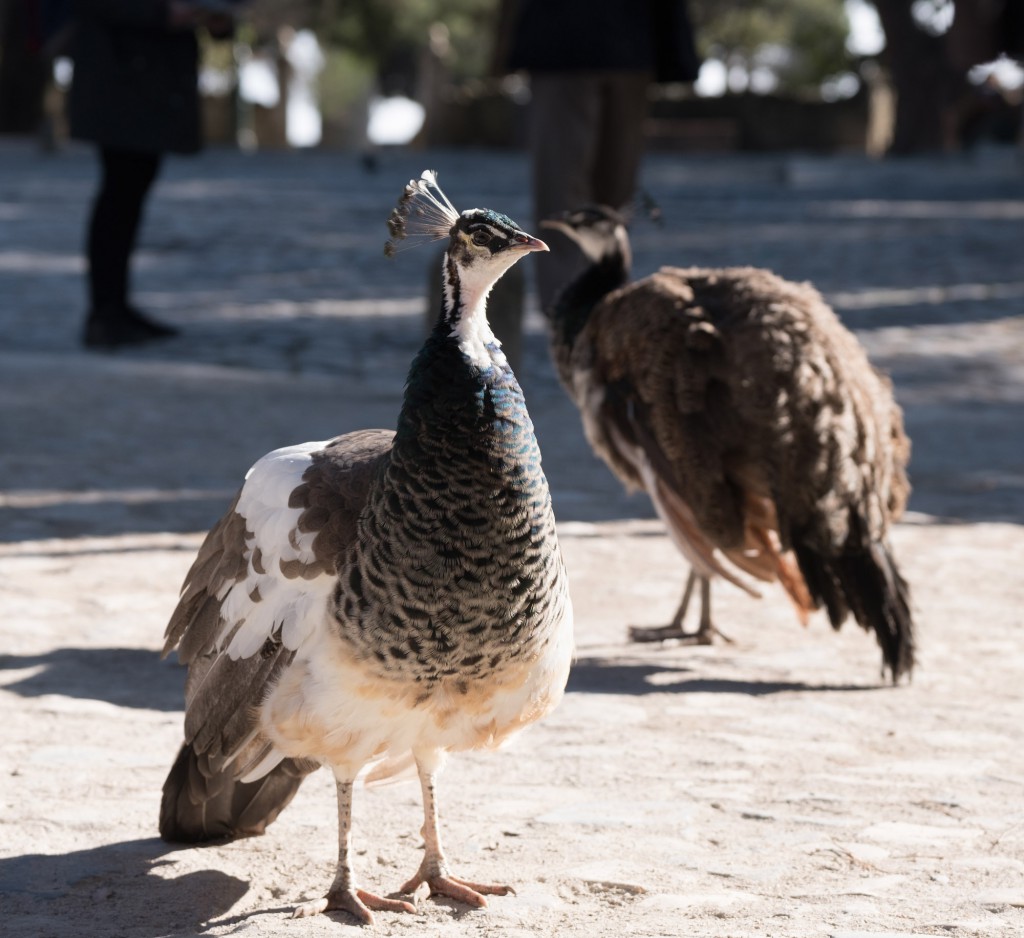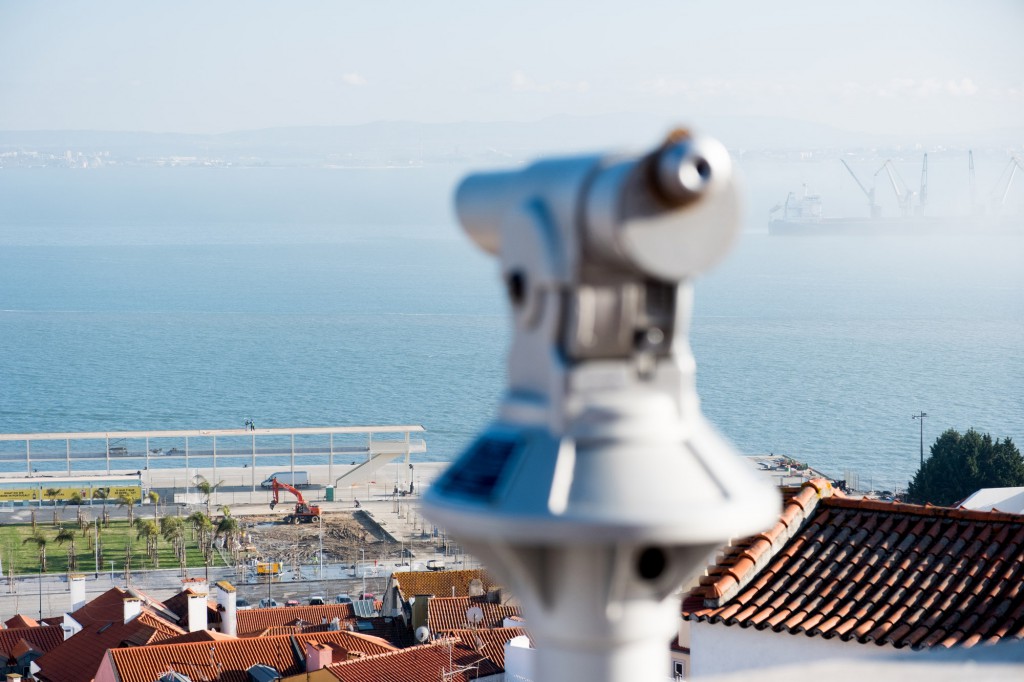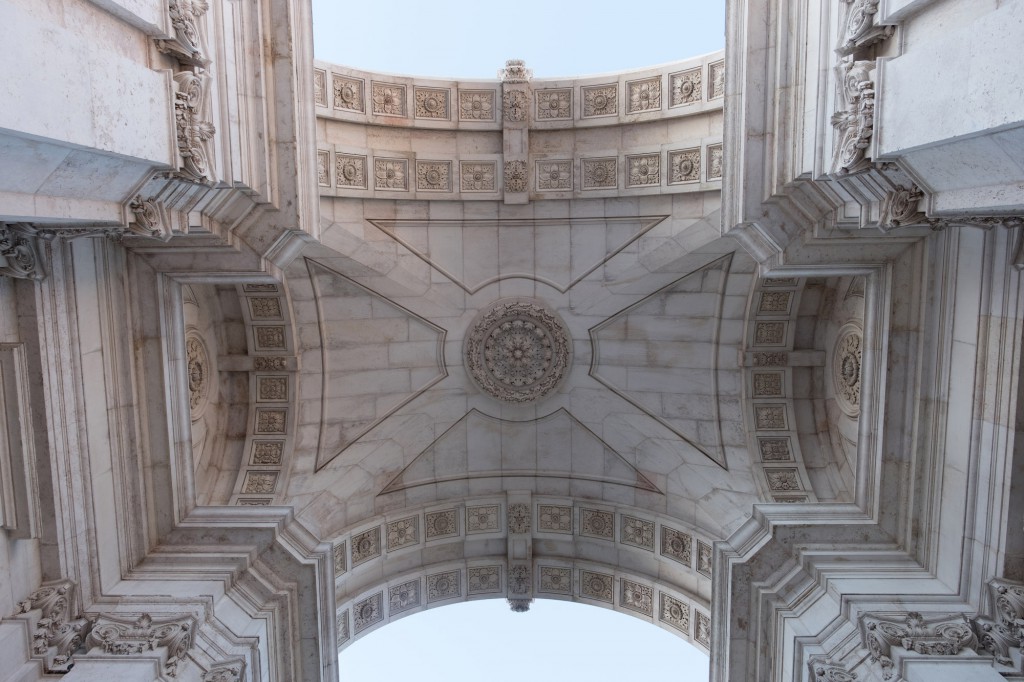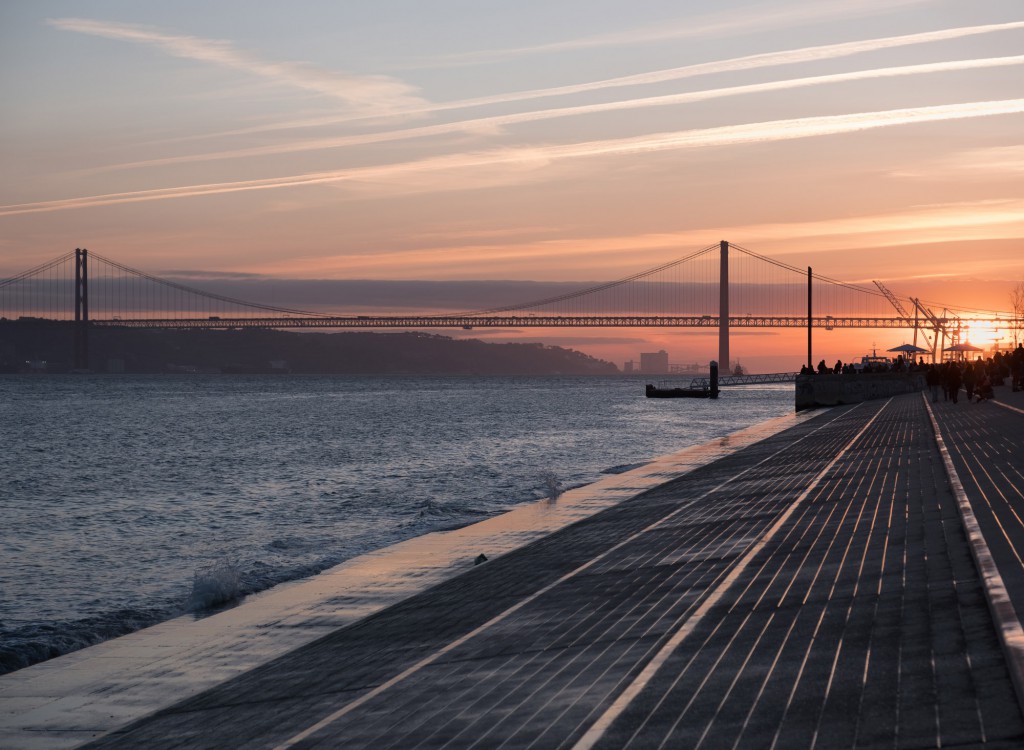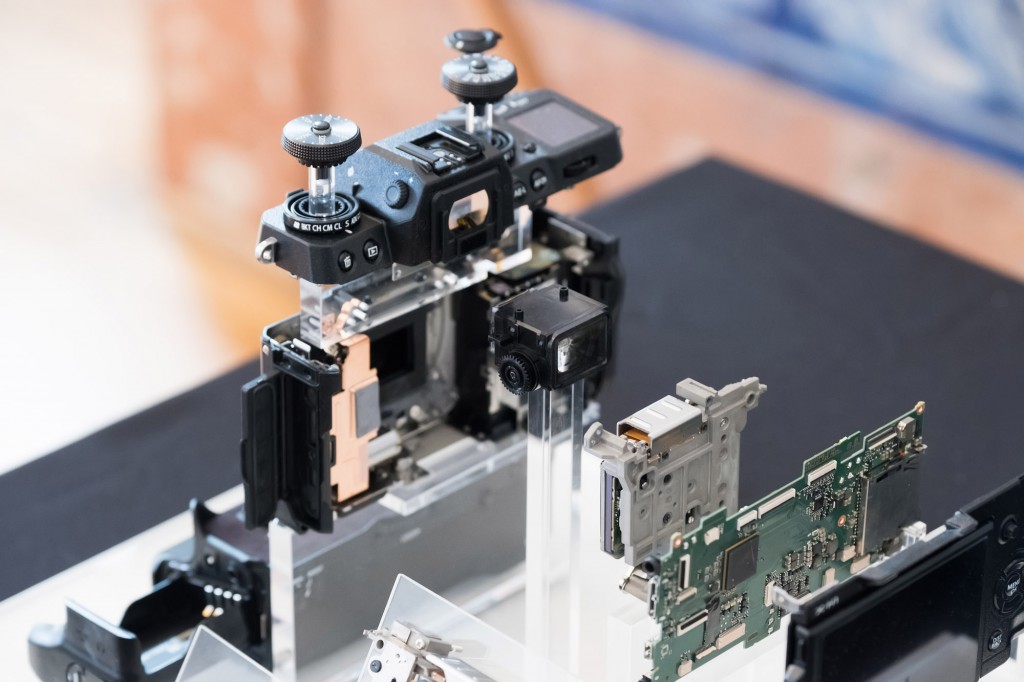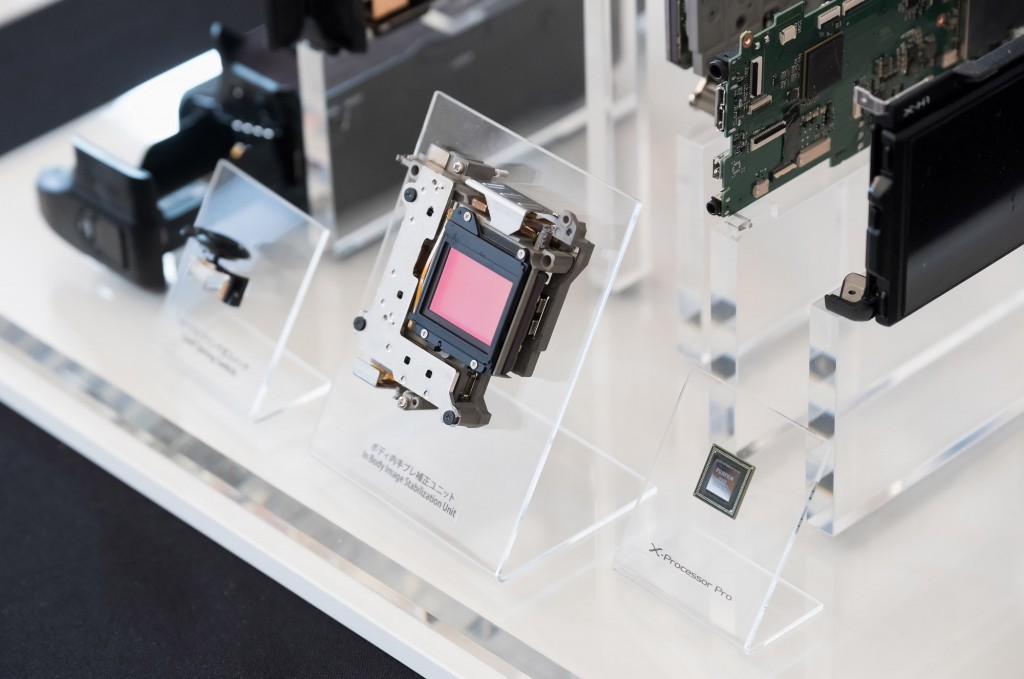Hello my dear readers!
Today I’ve got especially pleasant cause to write an article following your passion in new photo gadgets and traveling :)
The stuff discussed today is the new photocamera — FUJIFILM X-H1.
I had a chance to test during the two day presentation in Lisboa, Portugal being invited there by the FUJIFILM Company.
- Camera FUJIFILM X-H1
- Appearance, ergonomic & construction
- Camera appearance and ergonomic
- Construction
- Outer coating
- The body reinforcement
- Waterproof characteristics
- Camera cooling
- Technical characteristics
- Image stabilizer
- Autofocus
- Video
- Videoclip by FUJIFILM demonstrating the image stabilizer operation
- Video from FUJI X-H1 in F-log
- Regular 4К video from FUJI X-H1
- MKX lenses
- FUJIFILM X-H1 camera tests
- Portrait
- Portrait in a backlighting
- Outdoor portrait
- Shooting moving objects
- Scene with a harp
- Landscape shooting
- Preliminary summary and conclusions
- Bonus
- RAW files from the article
- Promo video
Camera FUJIFILM X-H1
к содержанию ↑Appearance, ergonomic & construction
к содержанию ↑Camera appearance and ergonomic
I had quite enough time to apprise the gadget’s ergonomic and construction. And I can resume my impression with the convenience that the engineer crew of FUJIFILM got an inspiration from the professional photo cameras market segment indeed.
My impression is actually confirmed by their own words towards the name of the camera, thus the letter H in the head of the gadget’s title means HIGH Perfomance for professionals.
Ergonomic of FUJIFILM X-H1 is on the top level and is better than FUJI X-T2, which I told lots of compliments to before.
Yes, the camera does not seem to be small especially when equipped by the accumulator handle.
Upper liquid crystalline screen borrowed from the eldest model – medium format camera среднеформатной FUJI GFX 50s – adds some specific esthetic to its appearance.
I had walked across the narrow streets of Lisboa and climbed up to the steep staircases holding FUJIFILM X-H1 in my hands.
Have a look at the huge handle and thumb counter-ledge on the camera’s back. I have not seen the better designed grip yet, although I am experienced in operating the great variety of photo cameras.
So, what’s the reason of manufacturing such a good thing, if it is popular now to propose the “half-way” solutions?
The answer is simple – this is the professional FUJI photo camera’s segment.
I mean, it is not just the new flagship instead of X-T2, but specifically the new lineup of the professional photo cameras with the even higher price level.
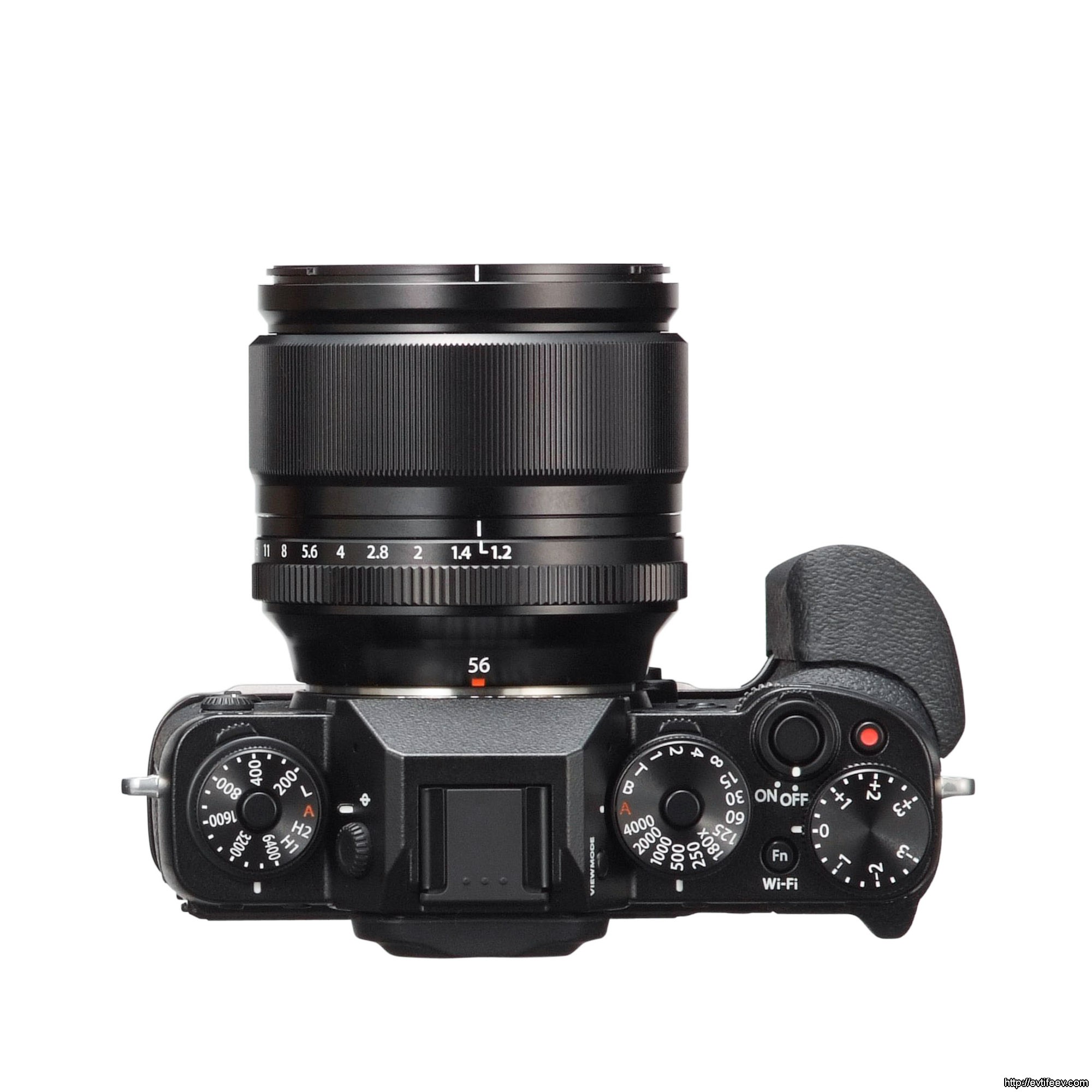
As you can see, the grip you could only achieve on FUJI X-T2 by using the extra handle MHG-XT2 (the picture illustrates the connection of an extra handle with the camera), is provided on FUJIFILM X-H1 by default.
Remarkable things are as well the replacement of the shutter release button to more logical and convenient place, and the manual exposition correction disk occupied too much space on the body removal.
The camera has been undergone the shutter release button mechanism changes resulting in the smoother and fonder operating of the shutter.
It might have no significant meaning for the amateur photography, but for those who are shooting everyday this is the obviously an advantage modernization, as far as the button provides the exclusively smooth release. Your finger softly dives in together with the button, and there occurs no camera drifting in result of the shutter releasing button pushing.
Besides the releasing button improvement there are the constructing changes in the shutter mechanism itself. It’s become the most silent one among the all range of FUJI X cameras.
This gives the vide opportunities of photographing the wild animals in nature or capturing any performance.
By default there was a sound indicating of the autofocus confirmation switched on, but as soon as I switched it off, the shutter operation became almost soundless – and I left this setting on, thus it was very comfortable to make photos of people without attracting too much attention during a street photography.
Rear side of the camera is lovely ascetic as before. But now you can notice the buttons became bigger, slightly shifted and more convex.
к содержанию ↑Construction
к содержанию ↑Outer coating
While telling you about FUJI X-T2 I emphasized that the FUJIFILM Company pays the great attention to the camera’s bodies manufacturing quality and the details adjustment.
In the modification FUJI X-H1 the Company decided to go even further, so the camera body now is made of the magnesium composition which is 25% thicker than FUJI X-T2 one, and the body outer coating is renovated as well and became harder and more scratch resistant – hardness index is 8. It has been achieved by using the bigger particles in the coating composition.
The camera is considered by the manufacturer as twice durable than FUJI X-T2. Let’s have a look at the new body.
The 8H symbol refers to the Mohs’s scale, which was designed to definite the hardness of the material on the base of the method of scratching the testing surface by various minerals each marked with the assigned digit.
For instance, the regular glass is marked there with the digit 5.5, and still has the digit 4. Quartz is marked with 7 (it is almost the same as Gorilla Glass of your iPhone screen has). Thus I suppose you could assume the meaning of 8H in this comparison. It is really much. (The body of FUJI X-T2 has only 4H).
к содержанию ↑The body reinforcement
It’s not a secret that FUJIFILM is working on the new telephoto lenses, in particular XF200mmF2.
Big lenses means more significant load for the bayonet. That’s why it was decided to reinforce the camera’s body and the bayonet with the stiffeners to comply with the new demand of the massive telephoto lenses using.
к содержанию ↑Waterproof characteristics
Waterproof characteristics FUJIFILM X-H1 was renewed taking into consideration the body shape modernization, new features (such as an upper LCD screen) and reinforced for the purpose of the professional usage in the tough climate conditions.
FUJIFILM X-H1 is equipped by the 68 waterproof sealing within its body and by the 26 waterproof sealing within the accumulator handle.
For the comparison X-Pro2 camera has got 61 sealing, and X-T2 has got 63 (the placement of sealing and their configuration play their role also).
к содержанию ↑Camera cooling
FUJIFILM X-H1 records 4K video 1.5 times longer, than FUJI X-T2, and as we know 4К video requires more camera resources, so heats the sensor and everything inside the body. That’s why there is a bigger radiator placed inside the FUJI X-H1 body.
к содержанию ↑Technical characteristics
I am providing the following characteristics in comparison to the former flagship X-mount in order to let you to map them at once, because after all you will ask me about the advantages of the new model and whether or no it worths the money it costs :)
| Fujifilm X-H1 | Fujifilm X-T2 | |
|---|---|---|
| Announcement date | February 2018 | July 2016 |
| Sensor | 24 Мп, APS-C, X-Trans CMOS III (6,000 x 4,000) | 24 Мп, APS-C, X-Trans CMOS III (6,000 x 4,000) |
| Photosensitive element size | 3.9 mkm | 3.9 mkm |
| Processor | X-Processor Pro | X-Processor Pro |
| Shutter | mechanical: 30 - 1/8000 sec, electronic: 30 - 1/32000 sec | mechanical: 30 - 1/8000 sec, electronic: 30 - 1/32000 sec |
| Autofocus | hybrid (325 dots overall, including 169 phase) | hybrid (325 dots overall, including 169 phase) |
| Burst speed | up to 14 fps with electronic shutter and up to 11 fps with mechanical shutter using battery handle | up to 14 fps with electronic shutter and up to 11 fps with mechanical shutter using battery handle |
| ISO | 200 - 12800 (100 - 51200) | 200 - 12800 (100 - 51200) |
| Flicker Reduction | yes | no |
| Exposure adjustment | ±5 Ev | ±5 Ev |
| LCD | 3″, 1 040 000 pix. | 3″, 1 040 000 pix. |
| Viewfinder | EVF - 3 690 000 pix. (up to 100 fps, magnification 0,75х) | EVF - 2 360 000 пикс. (up to 100 fps, magnification 0,77х) |
| Stabilizer | Sensor shift (IBIS = in-body image stabilization) with 5 axis stabilization (5,5 EV) | no |
| Video | 4K DCI 4096 x 2160 @ 24p / 23.98p 200Mbps 4K 3840 x 2160 @ 29,97p / 25p / 24p / 23,98p Full HD 1920 x 1080 @ 59,94p / 50p / 29,97p / 25p / 24p / 23,98p Full HD 1280 × 720 @ 59,94p / 50p / 29,97p / 25p / 24p / 23,98p | 4K 3840x2160 @ 29.97p / 25p / 24p / 23.98p 100Mbp Full HD 1920x1080 @ 59.94p / 50p / 29.97p / 25p / 24p / 23.98p 100Mbps HD 1280x720 @ 60p / 50p / 30p / 25p / 24p 50Mbps |
| Inner F-Log | yes | no |
| Memory cards | 2 slots, both SD (UHS-II) | 2 slots, both SD (UHS-II) |
| Flash | no built-in | no built-in |
| Wi-Fi / USB / GPS | built-in / USB 3.0 / no | built-in / USB 3.0 / no |
| integrated Bluetooth | yes | no |
| Accumulator capacity (shots) | 310 (Li-ion battery NP-W126S) | 340 (Li-ion battery NP-W126S) |
| Battery grip handle | yes | yes |
| Case type | strengthened magnesium alloy | magnesium alloy |
| Size (W x H x D), мм | 139.8 x 97.3 x 85.5 | 132.5 x 91.8 x 49.2 |
| Weight | 673 g | 495 g |
FUJI X-H1 has got the same sensor as FUJI X-T2, but you know, the difference between a professional and a high skilled amateur hides within the details, and there are lots of them.
The main feature which makes FUJIFILM X-H1 camera outstanding from the modeling raw and raising it to the high level is surely the picture stabilization achieved by the sensor shift.
Now you can shoot using not only the lenses with an built-in stabilizer, but any lens you like, including the out-of-date models, getting stabilization on a routine base.
Thus, it is enjoying news for the photographers, but for the videographers either, and even double enjoying, because video with stabilization is principally better, than without it. And it’s become possible now to achieve such a quality using no additional stabilizer at all!
But let’s go further and I will tell you about it in details.
Coming back to the sensor, I can say that it’s proved to be very efficient on FUJI X-T2 even, so you may have no doubts about it – it’s obviously in the right place here (soon I will represent the distortion test, which is done, but the results are kept for the full version of this review).
Going further, one should pay attention to the anti-flicker function. By the way the fluorescent lights flickering is not a problem for your photos anymore.
For those photographers who are shooting, for example, the sport activities indoors, this might be a very important thing.
The viewfinder was dramatically updated as well, from 2 360 000 pix -> to 3 690 000 pix.
Unfortunately, the LCD has not undergone any changes. That’s the same a billion pixels. Not less, not much.
Thus, frankly speaking, it’s quite enough for the current resolution of 24Мpix.
Video function has been radically improved: nevertheless there is the stabilizer, it’s got the new format 4K also, and the bitrate now is higher, video 4K is being captured 1,5 times longer than before, there is the inner F-log and the film tape emulation mode called ETERNA.
Summarizing the “-“ of the model FUJIFILM X-H1, I can indicate the following: camera body size, weight and the battery operating time (in comparison with X-T2), that should not be a real disadvantage from the professional’s point of view.
Size is important for the stabilization, durability and gripping. Bigger weight is the result of the body reinforcement. We would like to have a sturdy camera for any weather conditions, wouldn’t we? And finally to be unbiased, it is much smaller than Canon 1D X for example.
The operating battery time changing might be conceded insufficient while taking into account the fact, that FUJIFILM X-H1 supports the all three batteries operating at the same time showing the charging level indicators.
к содержанию ↑Image stabilizer
FUJIFILM X-H1 is the first camera in the FUJI X-mount family, which has an image stabilizer achieved by the matrix shift (IBIS).
And it is not just a stabilizer, but the most sufficient of the present – with a five axis compensation, 5.5 grades of a compensation effect.
| Type of lens | IBIS (in-body-stabilisation) | OIS (stabilisation in lens) | Overall stabilization effect |
|---|---|---|---|
| W/O OIS lens (ex. 16-55mmF2.8) | 5 axis | no | 5 axis |
| With OIS lens (ex. 18-55mmF2.8-4) | 3 axis ( X shift / Y shift / Roll ) | 2 axis ( Pitch / Yaw ) | 5 axis |
| With OIS lens (80mm/F2.8) | 1 axis ( Roll ) | 4 axis ( X shift / Y shift / Pitch / Yaw ) | 5 axis |
| Zeiss W/O OIS lens | 5 axis | no | 5 axis |
| With M mount adapter | 3 axis ( Pitch / Yaw / Roll ) Needs focal length info | no | 3 axis |
| With MKX lens | 5 axis | no | 5 axis |
| With macro extension tube | 3 axis ( Pitch / Yaw / Roll ) | no | 3 axis |
The stabilizer is made on the base of three axis accelerometers and three gyroscopes which provide their data to the processor performing up to 10 000 operations per second.
To attain such an impressing result, it was a great work done.
Firstly, the camera needed a heavy and hard body to compensate the vibrations caused by the image stabilizer operating.
Secondly, the vibrations appear from a shutter operation as well.
In order to compensate shutter operating vibrations, the shutter had to be hanged on the springs with the different tension forces.
Another trick was to minimize the effect of an action of the shutter release button pushing, because the major percentage of the “blur” occurs just in the moment of the finger work of the photographer causing the camera’s drift. The release button has become a very responsive, and the shutter itself – almost quiet (completely silent in the electronic mode).
к содержанию ↑Autofocus
In the FUJIFILM X-H1 camera the autofocus system there are 325 pixels of a hybrid autofocus (contrast + phase), which works better in the poor lighting conditions.
While previously it was announced (for X-T2) the limitation of the operating level for autofocus on 0.5EV, now it is on -1.0EV (improved by 1.5 stops).
The operating capability of the autofocus is improved to work with “slow” lenses as well. It was guaranteed up to f8, and now up to f11. Such aperture data is relevant only for the teleconverter lenses and macro photography (extreme macro).
Another serious renovation was implied to the algorithm of the low contrast textures autofocus. The new algorithm utilizes 4 times more areas around the each focusing point then the autofocus of X-T2.
к содержанию ↑Video
The first and the most important factor for video I’ve already mentioned is a stabilizer. The image stabilizer operates either separately, or in cooperation with an external stabilizer. Just watch the video to see how it works.
к содержанию ↑Videoclip by FUJIFILM demonstrating the image stabilizer operation
As the additional bonuses I can mention:
– the opportunity to record F-log on the SD card,
– The dynamic range is announced to be12 stops (FUJI records DR for 400%, that’s not quite informative for me as photographer, as far as we use the exposure steps),
– and the internal microphone upgrade (24 bit/48 kHz).
Besides the above the camera FUJIFILM X-H1 gives 120 shoots per second in a FullHD mode, that allows to get the beautiful effects of a slow motion.
For those who want to get a lovely result immediately, there is the new video profile — ETERNA. This is the movie tape simulation which represents in beautiful shadowed colors. As for me, I liked the image, it seemed to be a truly romantic. The new profile is being implemented just straight in a camera, so far you’re generating the final product without an additional color correction, that’s actually time saving.
There is the new video format DCI 4K (4096 x 2160 @ 24p) added also. Let’s leave it for the videographers to appraise the importance of this feature.
The camera can potentially record a video in 4К format with the up to 30 minutes duration! But only with the battery handle VPB-XH1. And only 15 minutes without it.
I do not estimate this fact as an disadvantage, because the battery handle is designed just for this place.
Anyway the one battery is surely not enough for such a camera considering its opportunity to record 4K video for a long time. It looks logical. Three batteries supports the perfect operating in all camera modes, and I had not managed to exhaust them for two days of an intensive shooting.
The camera body does not have a socket for a headphone, but it could be found on a battery handle. That’s another reason to acquire a battery handle, all the more so the many technical parameters of the camera become better with this device.
| without battery handle | with battery handle | Normal mode | Boost mode | |
|---|---|---|---|---|
| * | * | autofocus speed (min.) | 0.08 sec | 0.06 sec |
| * | * | EVF fps | 60 fps | 100 fps |
| * | shooting interval | 0,19 sec | 0,17 sec | |
| * | shutter delay | 50 msec | 45 msec | |
| * | "blackout" time | 130 msec (116) | 114 msec (100) | |
| * | burst mode | 8 fps | 11 fps |
I tried to record video using such a reduced rig as shown on the picture below.
Крайне удобно! Единственное, что здесь нет возможности крутить фоллоуфокус и приходится полагаться на распознавание лиц, что в случае съемки струн и пальцев бегущих по струнам как раз не к месту, но у меня получилось. А с большим ригом фокус на любое место не проблема. Хотя что это я о ригах, когда речь о камере? :) Да дело в том, что камера справлялась на отлично :)
It was an extremely comfortable! The only thing to mention is that there was no option to adjust the followfocus, thus one would have to relay on the face detection function. In my case it was inappropriate, as far as I was making the movie of the strings and the fingers playing the music. But despite it I succeeded.
And with a big rig to focus on any point is not a problem.
But why am I haranguing about the rigs, when the subject matter is the new FUJIFILM camera? :)
The point is that the camera was working perfectly! :)
Unfortunately, the discussed video I made on the camera placed on a rig was left on the camera’s memory card. And I got the only video I made from hands. But nevertheless…
к содержанию ↑Video from FUJI X-H1 in F-log
к содержанию ↑Regular 4К video from FUJI X-H1
к содержанию ↑MKX lenses
FUJIFILM X-H1 явно ориентирована и на серьезную съемку видео т.к. уже совместима с новой серией кинообъективов на X-mount, которые FUJIFILM, которые вскоре будут выпущены.
FUJINON MKX 18-55mmT2.9 и FUJINON MKX 50-135mmT2.9 будут выпущены в июне 2018г.
FUJIFILM X-H1 is obviously targeted to the serious video filming, because it is compatible with the new X-mount lens line, which are coming out soon from the FUJIFILM factories.
FUJINON MKX 18-55mmT2.9 and FUJINON MKX 50-135mmT2.9 lenses will be manufactured in June 2018г.
In a 35mm format MKX 18-55 covers the focal length from 27mm up to 84mm, and MKX 50-135 – from 76mm up to 206mm.
The lens design has been optimized for a video filming: the focus shift and the image center shift along the optical axis while zooming have been minimized, and also the effect of the lens “breathing” (the viewing angle change while focusing) has been significantly diminished as well.
I had a chance to test them both with the camera FUJIFILM X-H1. The lenses are surprisingly lightweight for this lens class (film lenses).
MKX lenses have got three rings: for zooming, for focusing and for aperture. All the rings are moving smoothly without any semi-settings (it’s actual for the aperture ring). The rings’ rotation angle comes up to 200°, that’s very considerable.
That’s gratifying, that all the rings are placed on the same level in both lenses, so they can be used on the same rig without any corrections.
I’d like to draw your attention to the moment, that the lenses’ light strength is indicated in terms of a transferring ability, T2.9. This means, that in any zoom position the lens does not change the shot exposition, which is mighty critical for the video.
There is a macro mode in these lenses, which enables the close up shooting.
MK18-55mm: minimum focusing distance 0.38m (wide end)
MK50-135mm: minimum focusing distance 0.85m (wide end)
FUJIFILM X-H1 camera tests
I was lucky to test the camera in a different circumstances. The first scene was portrait in a poor lighting conditions.
к содержанию ↑Portrait
I’m fond of close up face shooting. You can see model Anna from Brazil on the image above :)
We were shooting in the royal room, as far as I know it was one of the chambers of a former hospital. If I had not got a willing to make a portrait with a blurred background in order to differentiate the face from the surrounding, I would make photos of the amazing interior. :)
к содержанию ↑Portrait in a backlighting
A very interesting and nicely got (for my taste) experiment with a backlighting. Where my camera Canon 5DsR surely would make a face undetectable with a hopelessly overexposed background, FUJIFILM X-H1 enabled to make beautiful images in a “high key”. I did like them more then the standard ones this time.
The very tender portraits. In a studio I would exactly use a reflector for the aim of not falling the face to black, but with FUJIFILM X-H1 it was not only unnecessary but the result without a reflector appeared to be even better. A slight white voile on the face brings the romantic to the image.
But usually i use a flash as i did here. There is no artistry of course, I was in a lack of time and a thick mist was behind the window. But for my mind, the sharply delineated face appeared to be worse than the previous result.
к содержанию ↑Outdoor portrait
Actually before this subject there was another shooting theme in a poorly lighted apartment, but I didn’t like those pictures. Little light = little color and a lot of noise on ISO 3200 and higher. As far as the sensor had not been changed it was useless to expect any magical tricks from the camera.
Undoubtedly it’s not the same as Canon performs, but what’s a reason for to put the camera in such extreme conditions in advance and use a noise reduction subsequently, if you can just come out from the darkness and get the clear image with the juicy colors at once? And you’ll be satisfied with the image on ISO 800 and lower.
All of these conclusions are subjective and exclusively regards to my strict taste to the image clearance and color.
But outdoor the camera has fully revealed its potential.
What can I say… From the point of view of the exposition accuracy and the easiness of getting the interesting subject FUJIFILM X-H1 is better than any of the existing mirror cameras. Thus, besides the opportunity to work manually you’re getting the automatic mode, which gives you a liberty to concentrate on a subject or artistry without being fixed on settings. Of course, nobody hinders you to shoot the same way the mirror camera performs, but there is the decent automatic- that’s what I say.If you’re a professional photographer and rush to produce more and faster with a good quality following the demand of the modern reality, FUJIFILM X-H1 is exactly what you need.
In case if there is a time you can crawl on your belly around the models setting the lightings and adjusting the exposition for the sake of your artistry ambitions, but when the time is money, you’d better to rely on FUJIFILM X-H1, which provides the efficient solution.
к содержанию ↑Shooting moving objects
For the shooting in movement we had a couple of dancers. A charming russian-speaking girl and a dark-skinned guy. They were improvising creating the intrigue.
The woman photographer (our master class presenter) showed her style of the dance shooting with a constant light. That was nice by the way, but with the contra lighting again. So I did my step aside and used my flashlight (Profoto B1) being a kind of a naughty boy among of our group. )
The autofocus operated fast and exact. The camera had to focus in a split second, the dancers in their jump move very quickly, and they were jumping almost straight on me, that posed an additional complexity for the autofocus.
к содержанию ↑Scene with a harp
A girl was playing a harp and singing, and we were shooting her performance. Mostly on video, but I did some photos of a beautiful movement of her playing fingers. The difficulty of the subject was that her face was located behind the harp strings and was visible, but I was shooting the fingers. So the camera should choose the focusing subject and did it properly.
к содержанию ↑Landscape shooting
Portugal is a very spectacular country, and in February the weather is almost similar to June in the Russian western region. Green and some yellow leaves, +15 С outdoor and people are dressed in T-shirts and windjackets.
Lisboa is a very old medieval town, and there are a lot of small and pretty streets. And one evening is certainly not enough for shooting the memory cards of this place, to capture all that you would like to, and even at least 10% of it. But I’ve managed to shoot a few lovely pictures.
The bright sky and streetlights. I’ve dealt with it effortlessly by fading the sky and streetlights.
On this picture you could easily make the embankment to appear if you want. As for me, I just have faded the Sun, nothing more, and the dynamic diapason was enough for it!
к содержанию ↑Preliminary summary and conclusions
FUJIFILM X-H1 in my opinion has turned to be a very good camera. The engineering crew focused on the really significant things, but not just followed on a leash of the fashion.
The first of all, it’s an incredible ergonomic!
Yes, there are always some skeptics who want to have a professional camera in a smartphone format. But their requirements have already been met by the smartphone manufacturers.:) But in my hands FUJIFILM X-H1 feels like a pleasure of my soul. With a battery handle it is accurately the same shape factor as desired and comfortable to hold in any situation. For some particular cases the battery handle may be detached, but I would prefer not to do this! The first reason is that the operating time with one battery is quite a short, and the second is that the engineers placed some options to the battery handle. Thus deciding to detach it, you are depriving yourself of some features.
I was enjoying the three battery charging level indicators (that the only FUJI cameras have!), so I was able to control the battery consumption in any time. And I can declare that this three batteries provide a really long camera operation.
In fact, when buying the camera set with the battery handle at once, all three batteries you will get complementary. This is a good reason to purchase the camera with the battery handle in set, I suppose.
Меня радует также видоискатель с высоким разрешением, который позволяет точно фокусироваться в том числе на ярком солнце мануальными линзами.
I’m glad to have an opportunity of an easy focusing with the manual lenses even on a bright sunshine, which is provided by the high resolution viewfinder.
Let’s add to the camera’s advantages list the high quality sensor, which efficiently operates in a backlighting and allows to reveal the overexposed details from a shadow.
Even if I do not shoot video 4K professionally, nevertheless the time’s come when I need it too. In example, for the purpose of the jewelry shooting with the following downsampling in order to improve the detalization. I was just recently talking about it in the article devoted to the macro lens Fujinon XF 80mm f/2.8 R LM OIS WR Macro.
And ETERNA profile, which helps to shoot a beautiful videoclip with the reduced time costs, doesn’t it worth to be noted, does it?
And, certainly – an image stabilizer. It is a real bomb! Yes, it is the most efficient (not compared just with Olympus only) among the all the cameras represented on the market nowadays.
Yes, it is compatible with the all lenses, and in a result you are getting compensation effect of 5 – 5.5 exposure steps.
Отдельные товарищи утверждали про съемку в 8 или 11 секунд с рук, но вы не верьте, конечно, чтобы не разочароваться :) Он очень эффективный, но это не волшебная палочка. И без того это огромный скачок в удобстве съемки! Сложно переоценить такое нововведение.
Someone said about shooting hand-held for 8 or even 11 seconds but you should better do not believe it in order not to be disappointed :)
It is remarkably effective, but it is not a magic stick by the way. Even besides it is a giant leap in the shooting convince! And it is difficult to exaggerate such an innovation.
In a dry rest we have the camera intended for professionals. I’d rather say, for solo professionals or small teams. It is in a trend now, and I’m very glad, that there is the camera manufactured just for us I covet to have :)
But wait for the detailed tests, all is ahead! :)
Have a nice shoots and a perfect photo equipment, which does not hind your creativity! :)
к содержанию ↑Bonus
к содержанию ↑RAW files from the article
[lock] fuji-xh1.zip (760.9 MiB, 9 hits)
fuji-xh1.zip (760.9 MiB, 9 hits)

